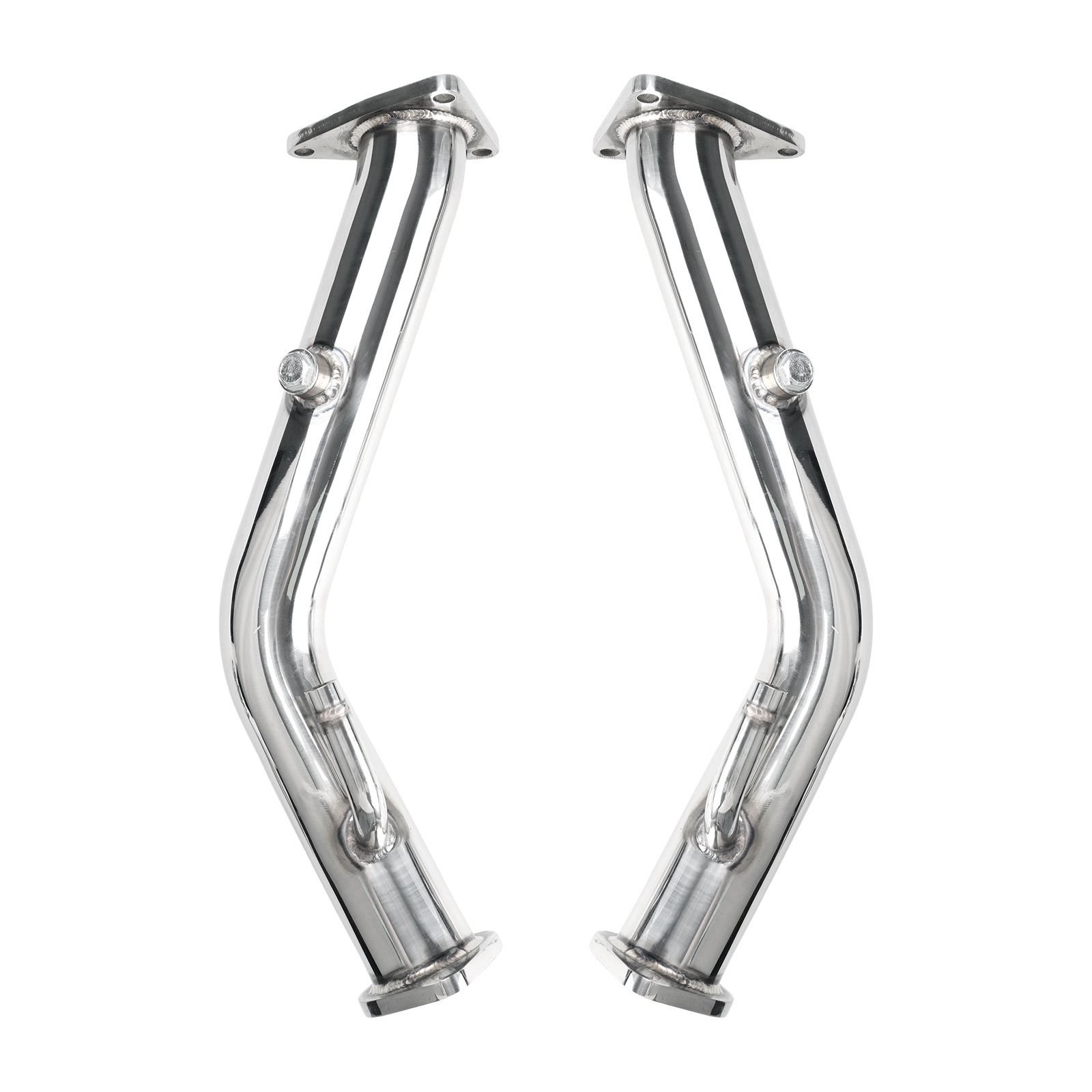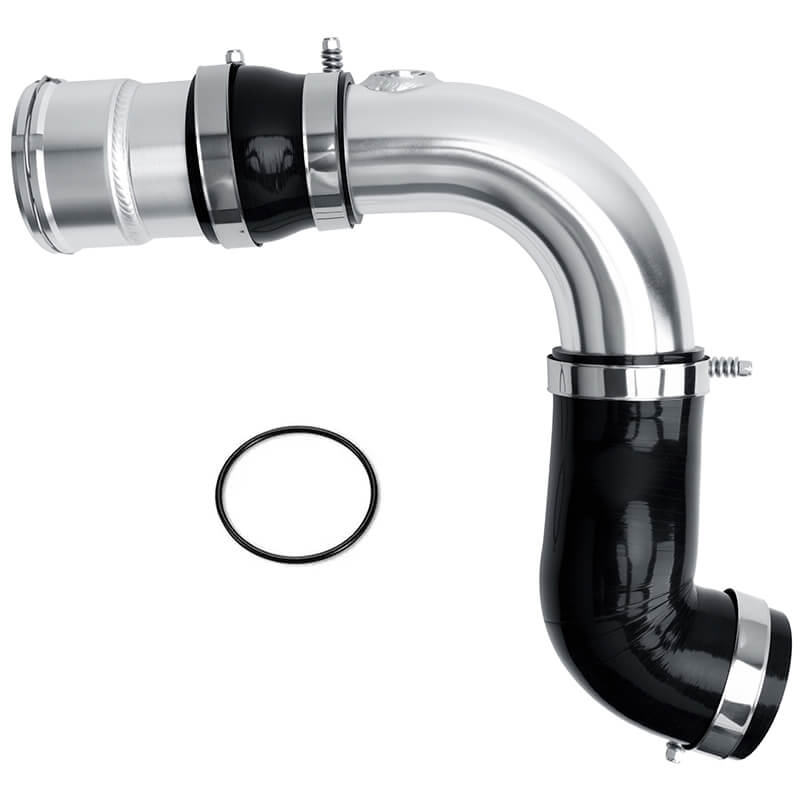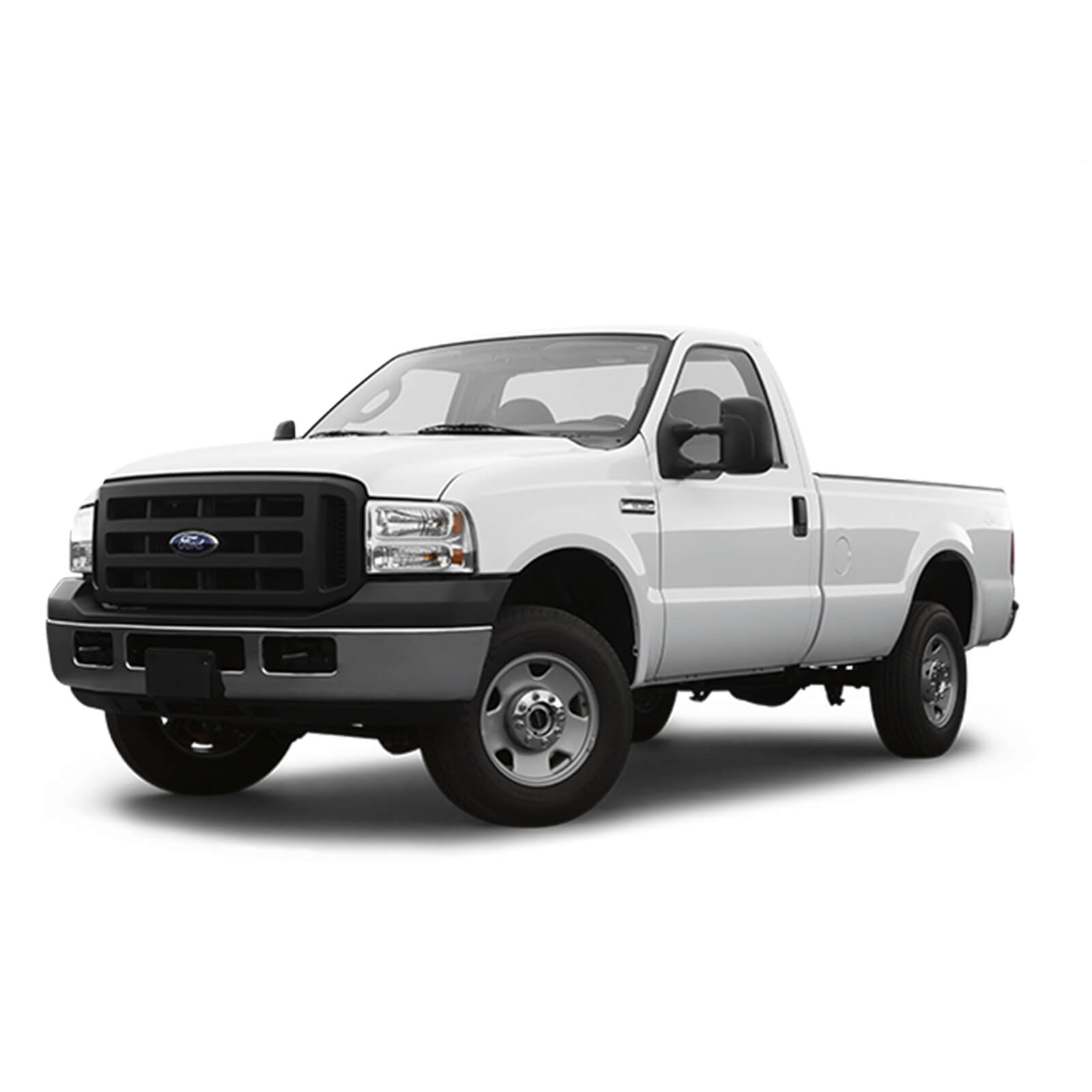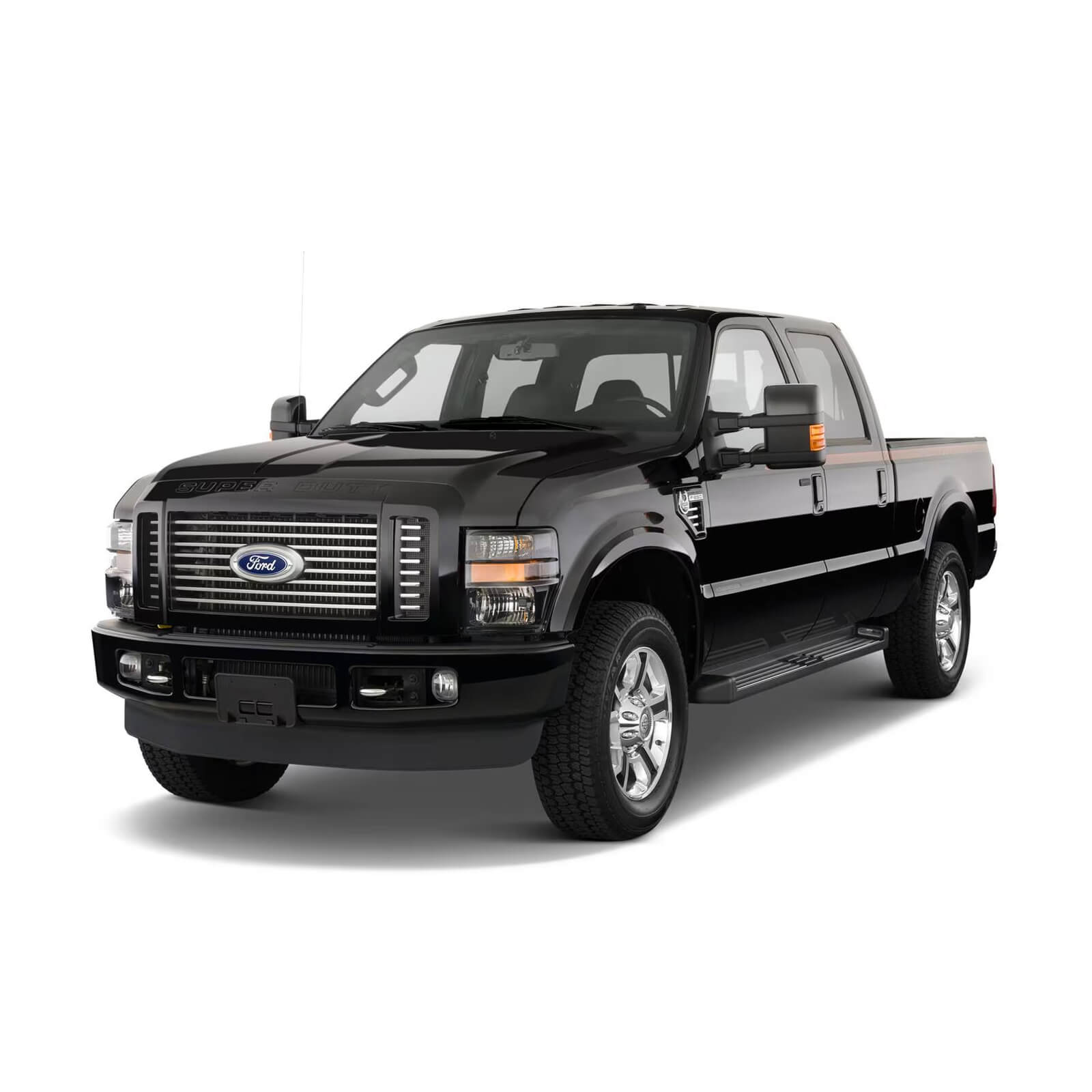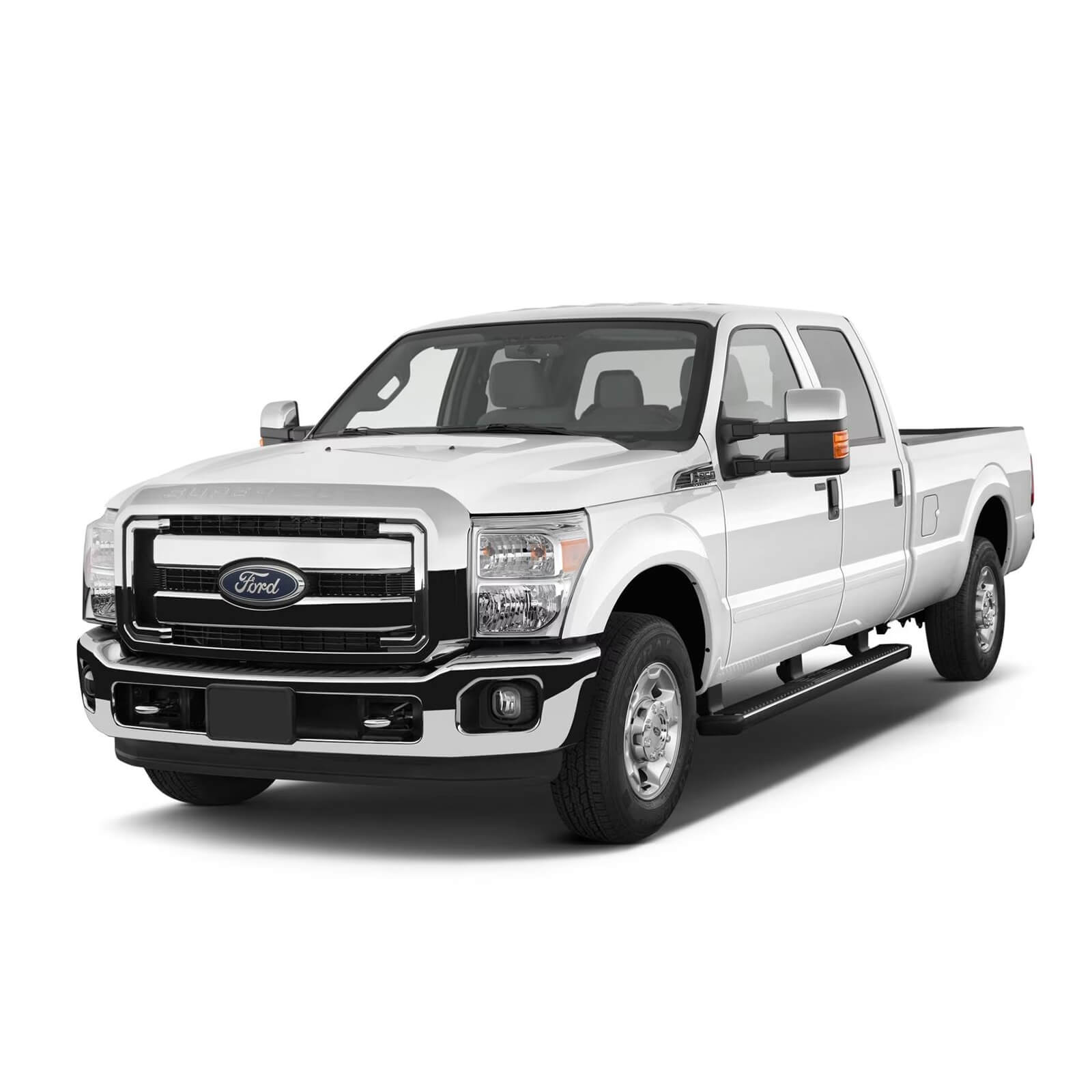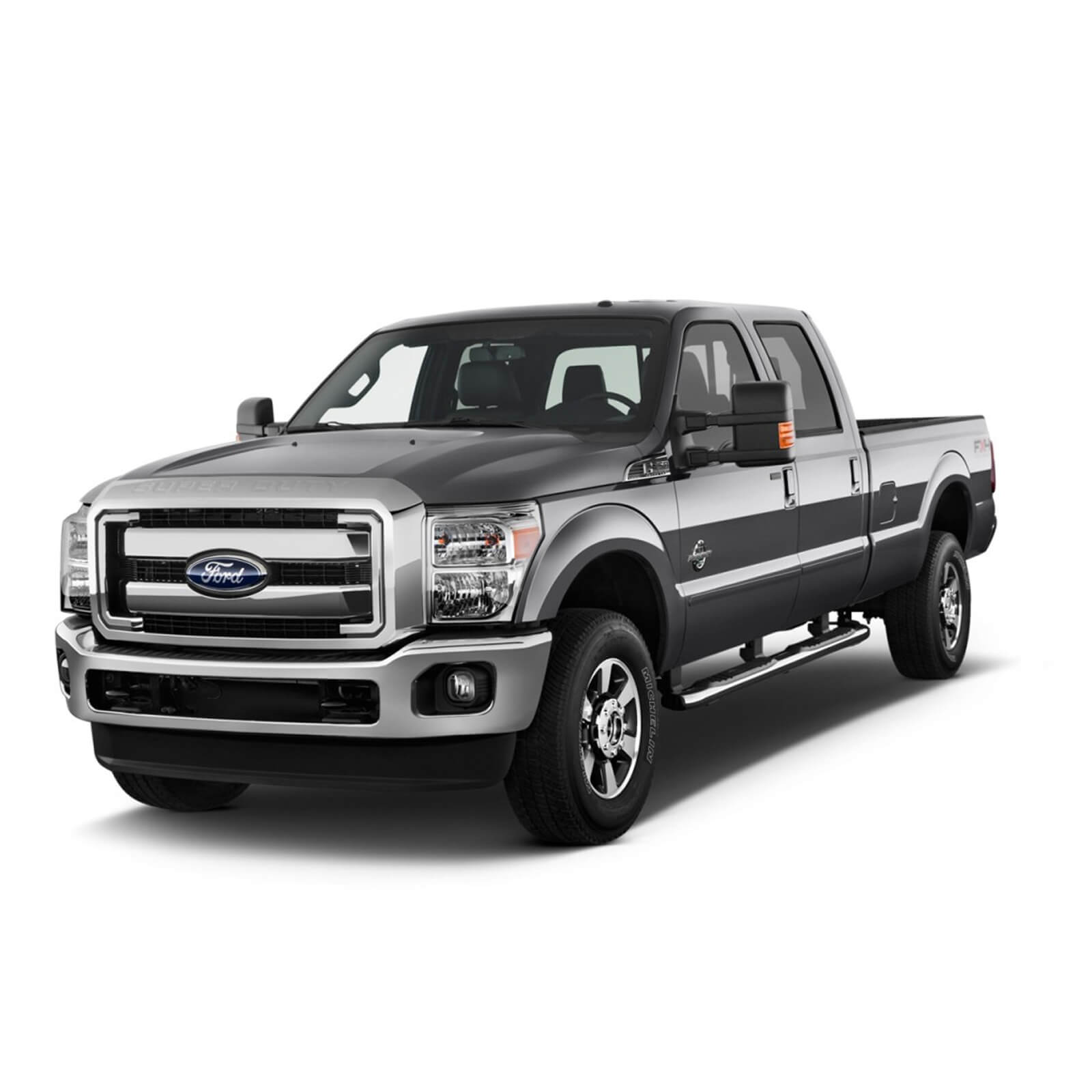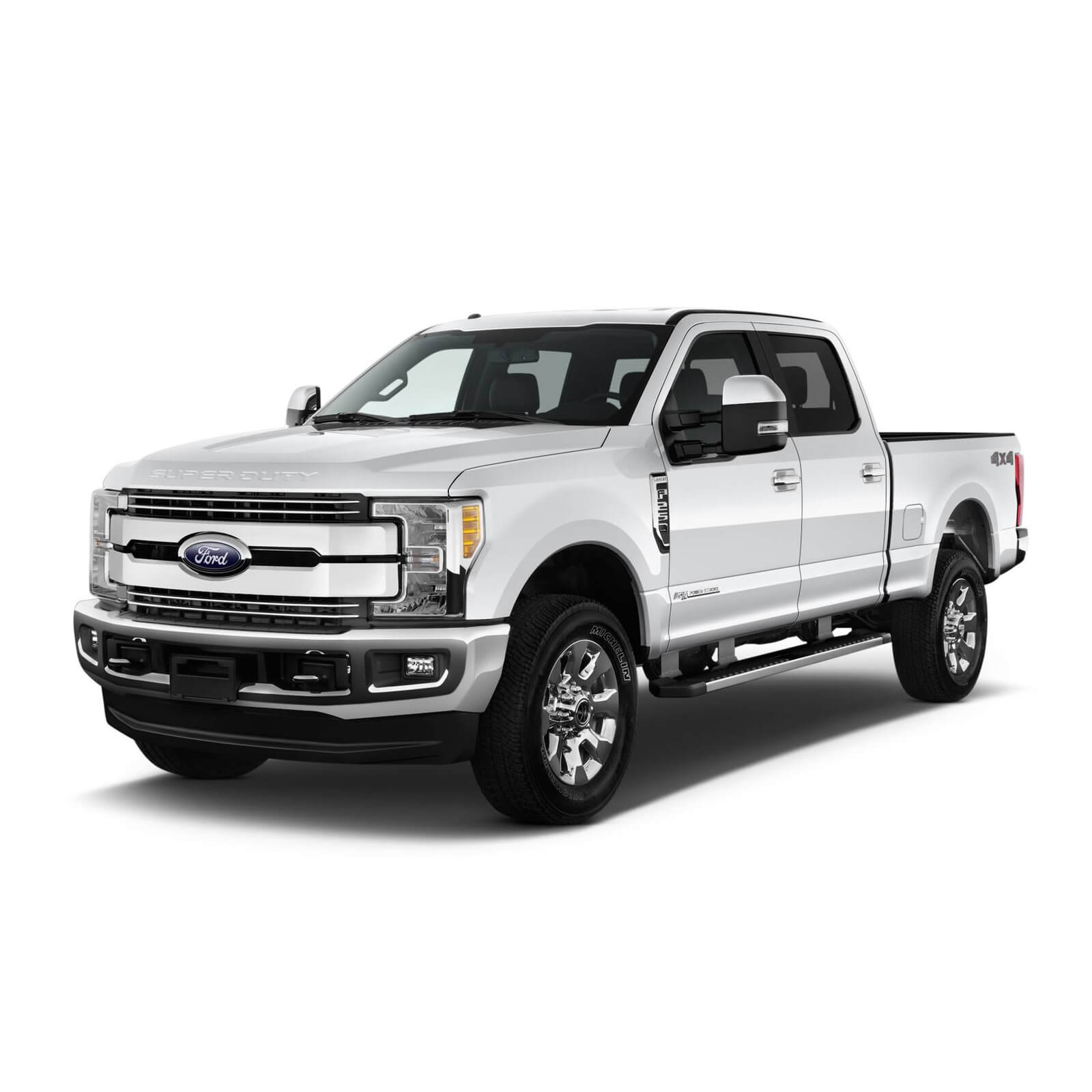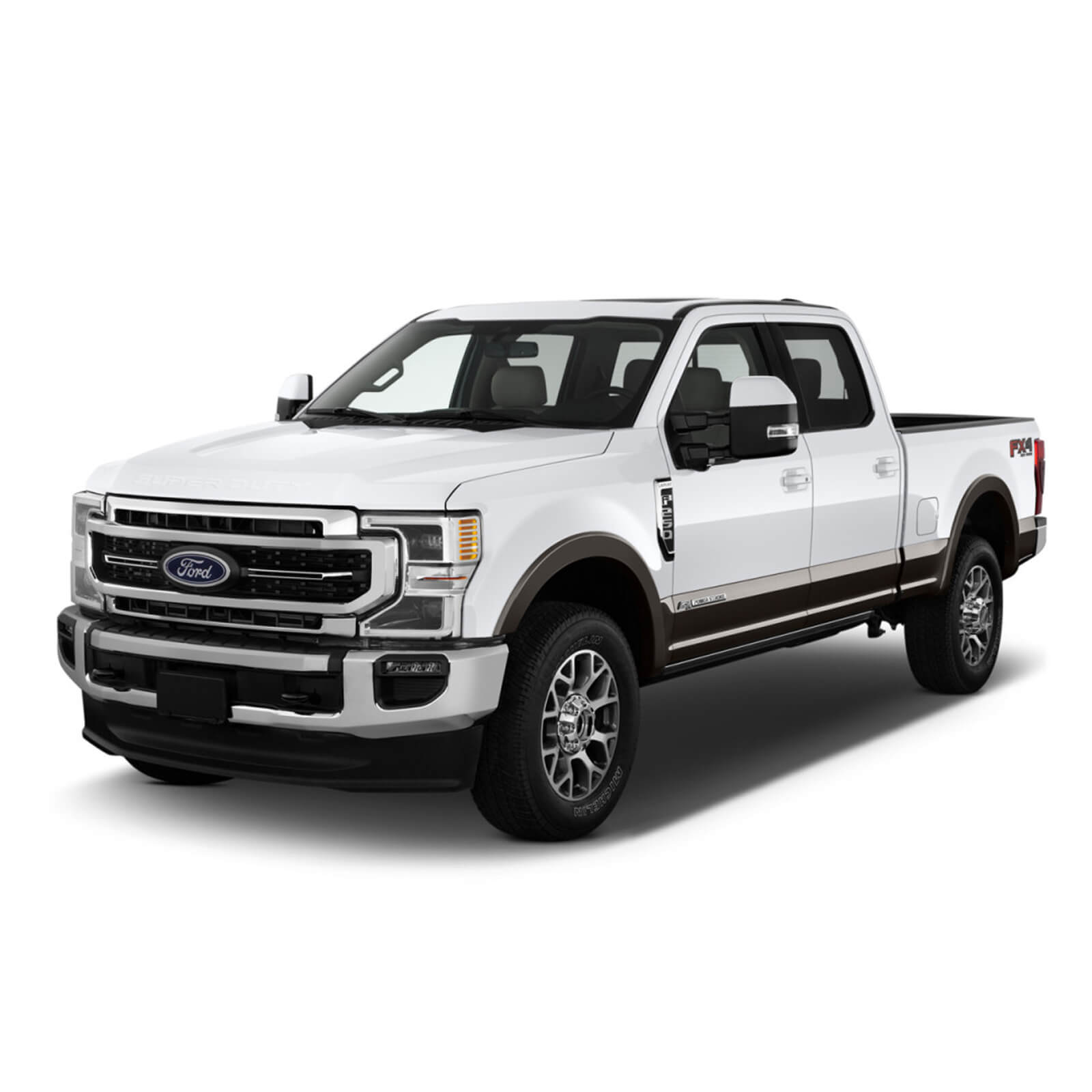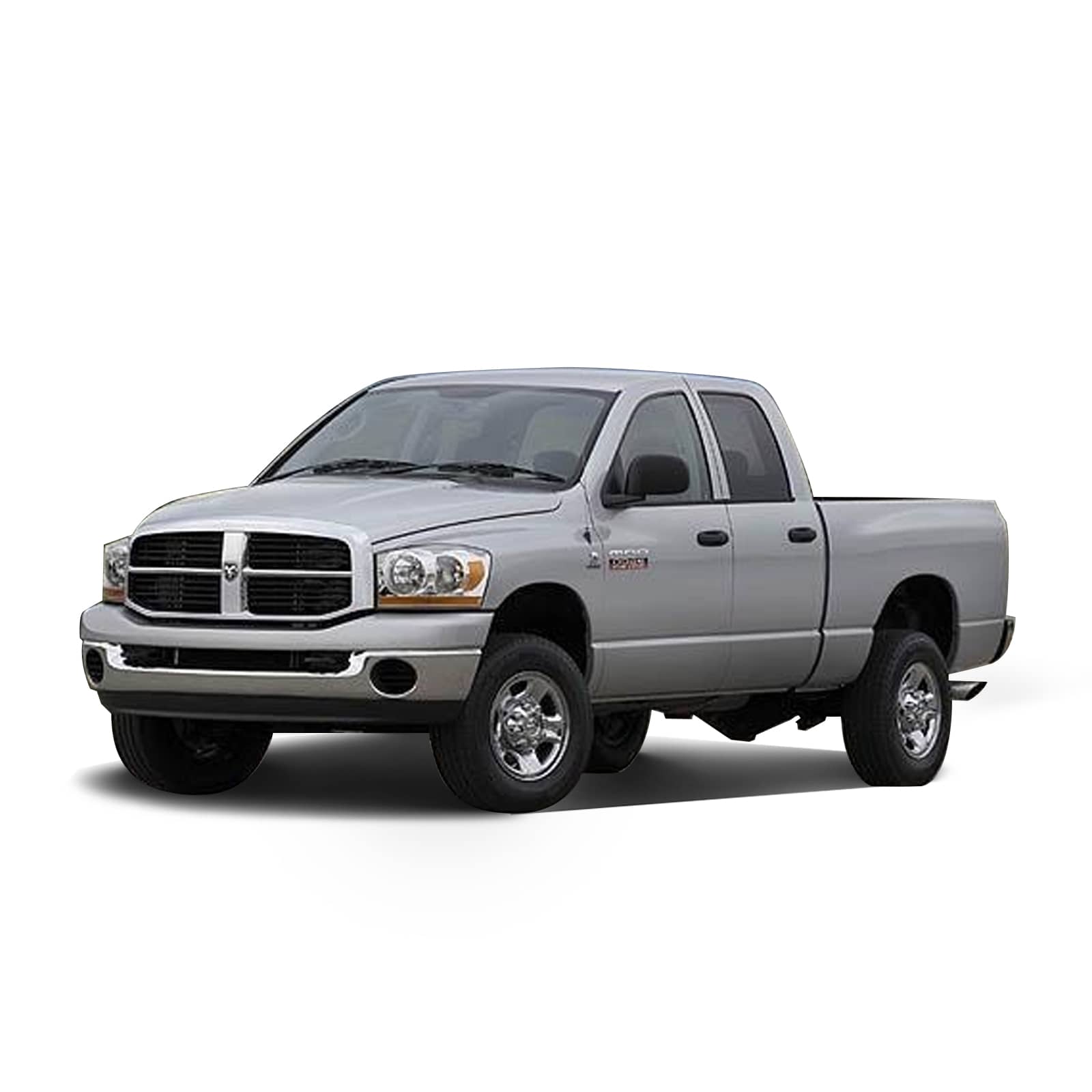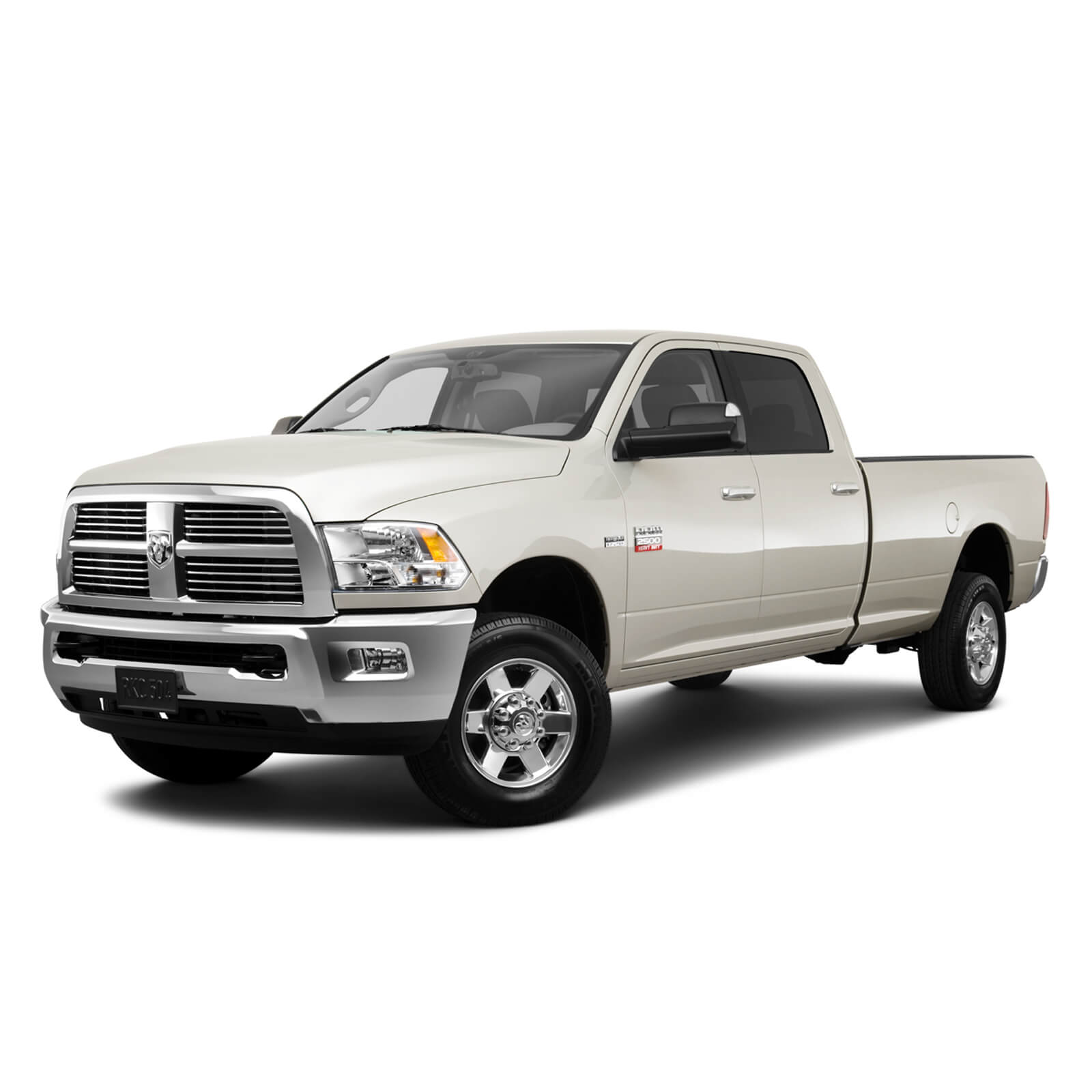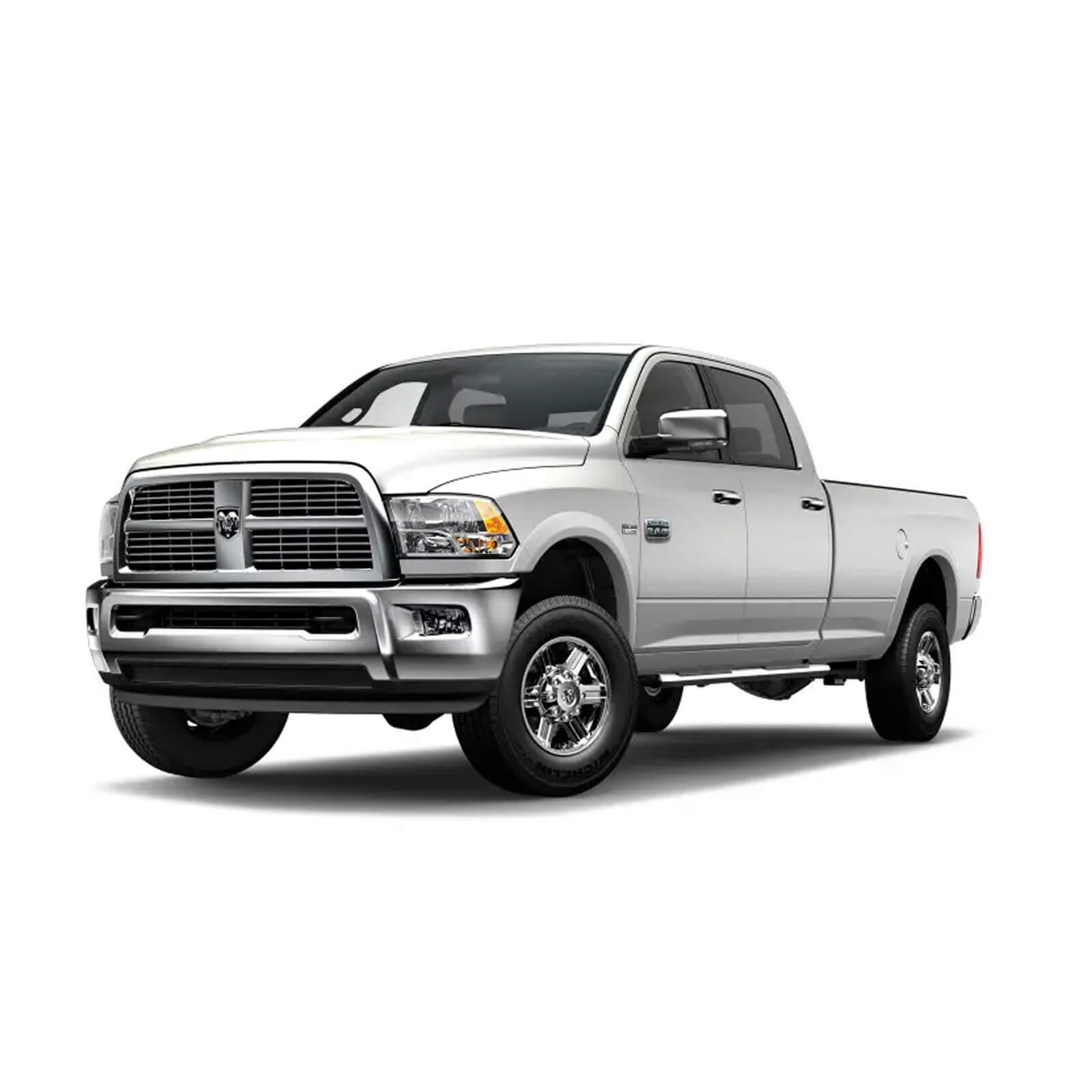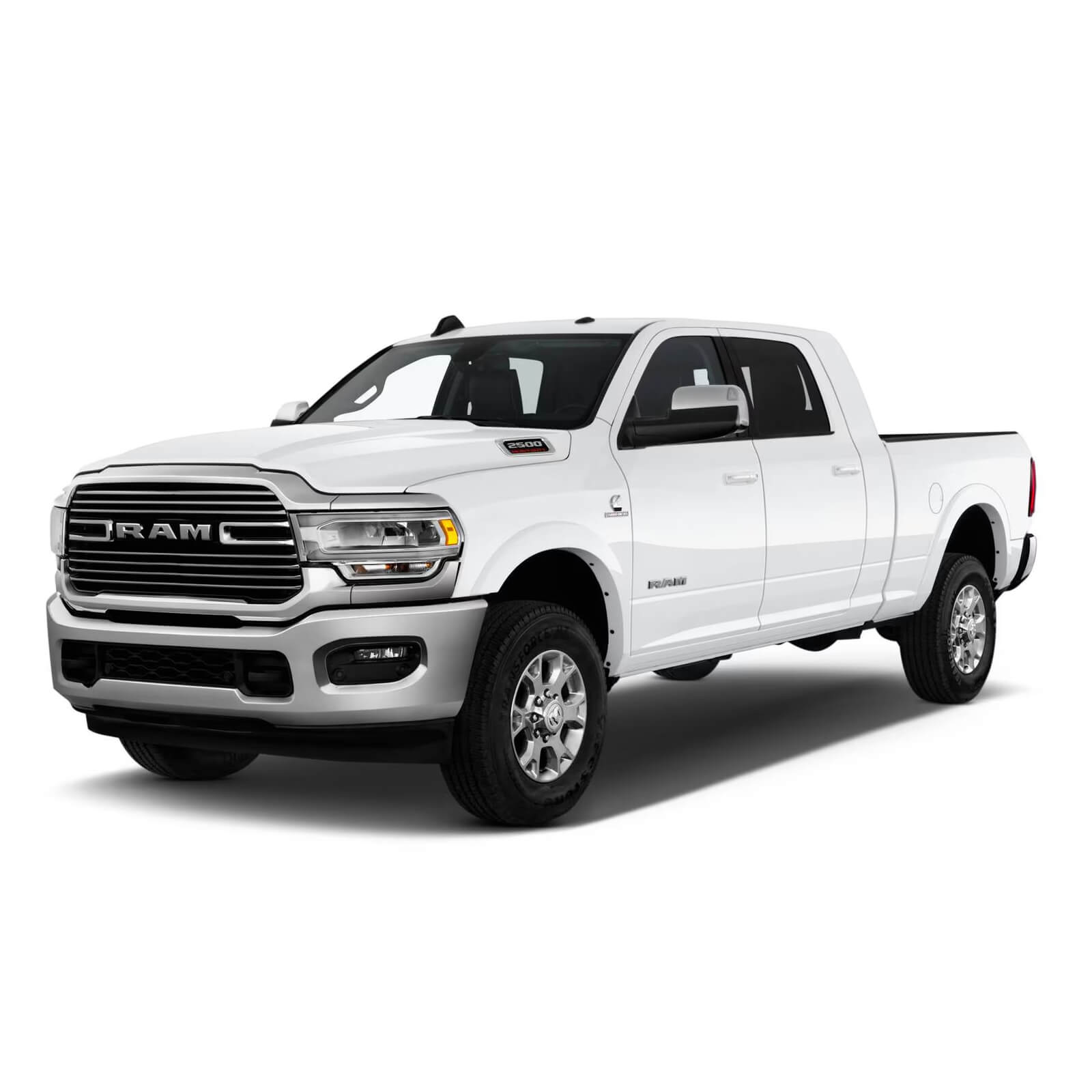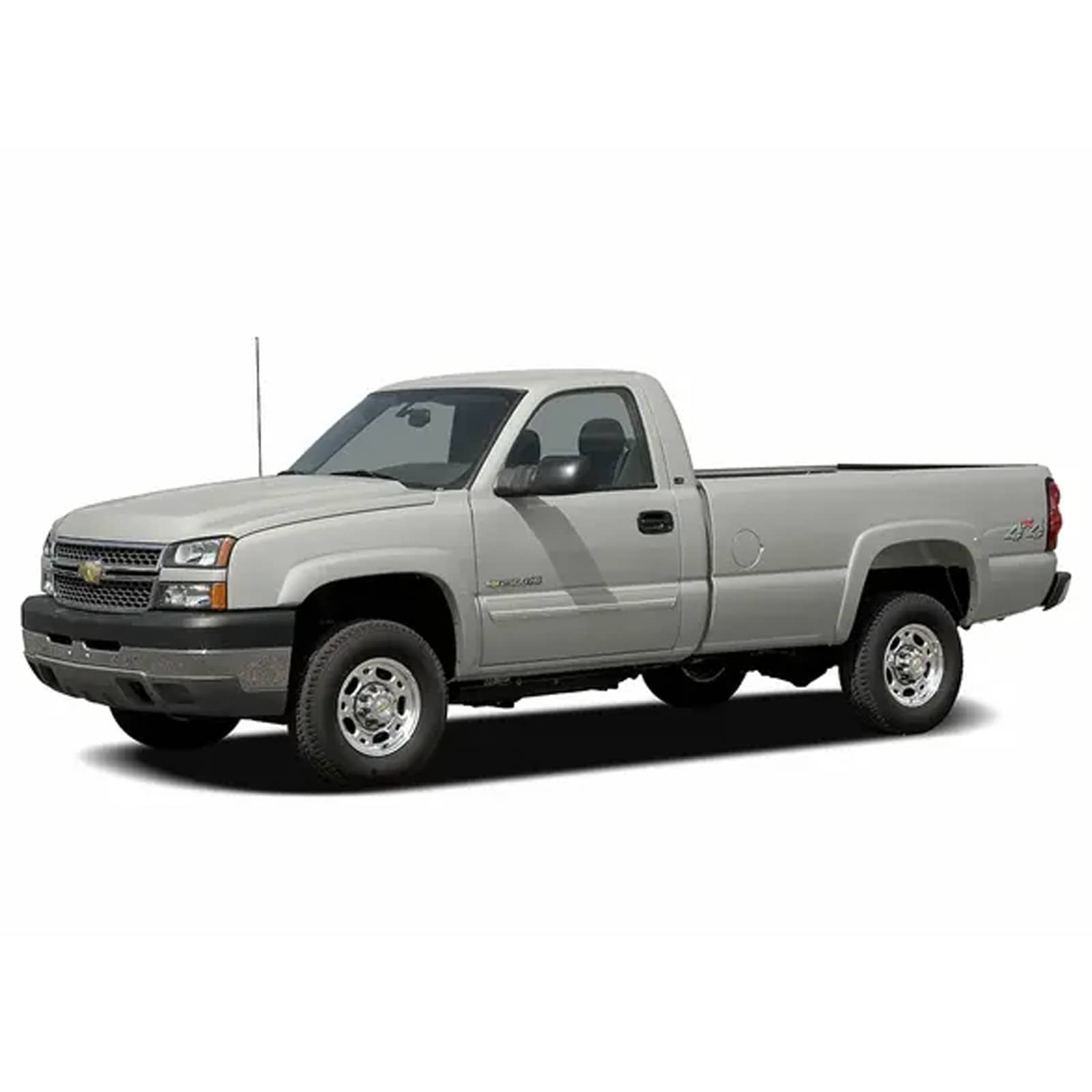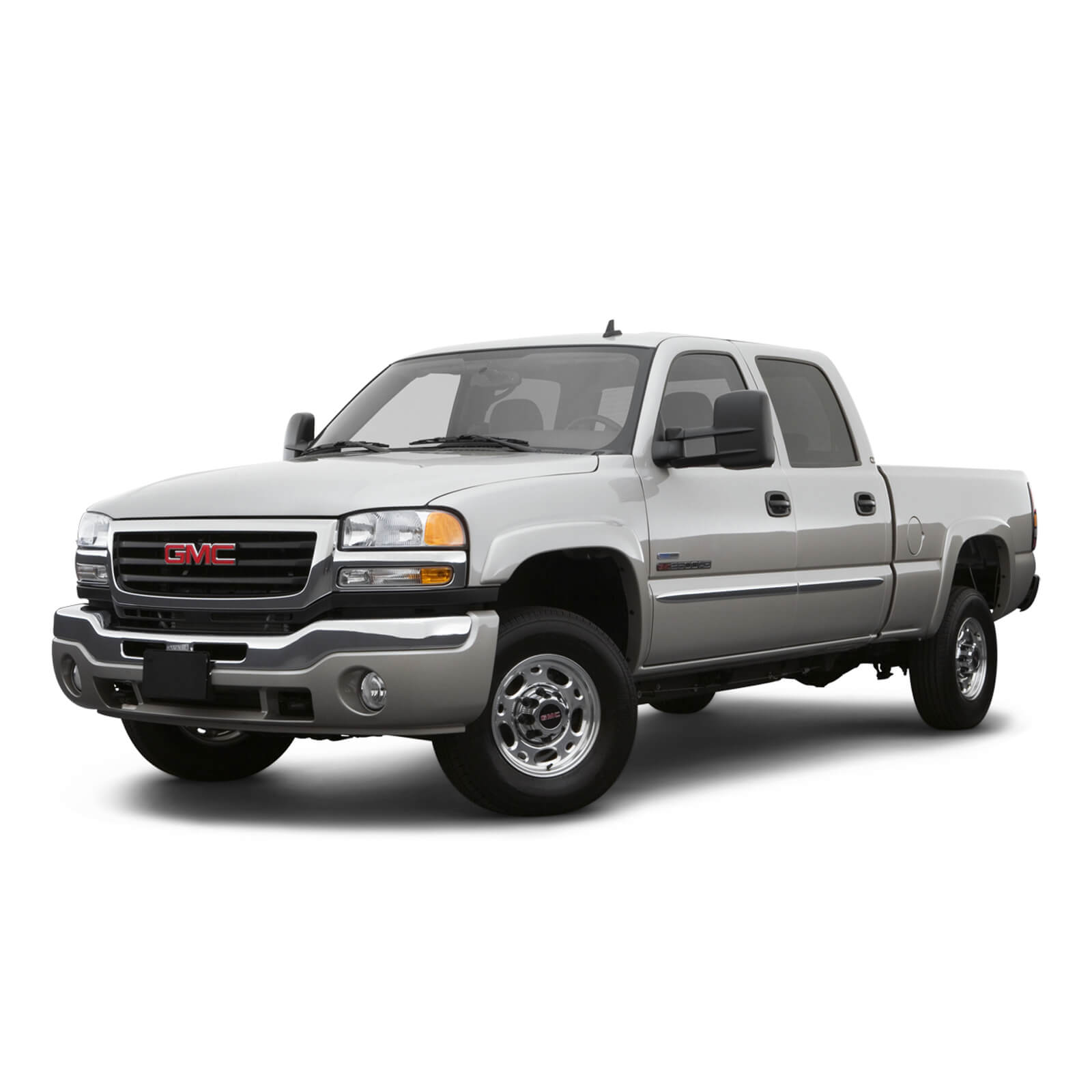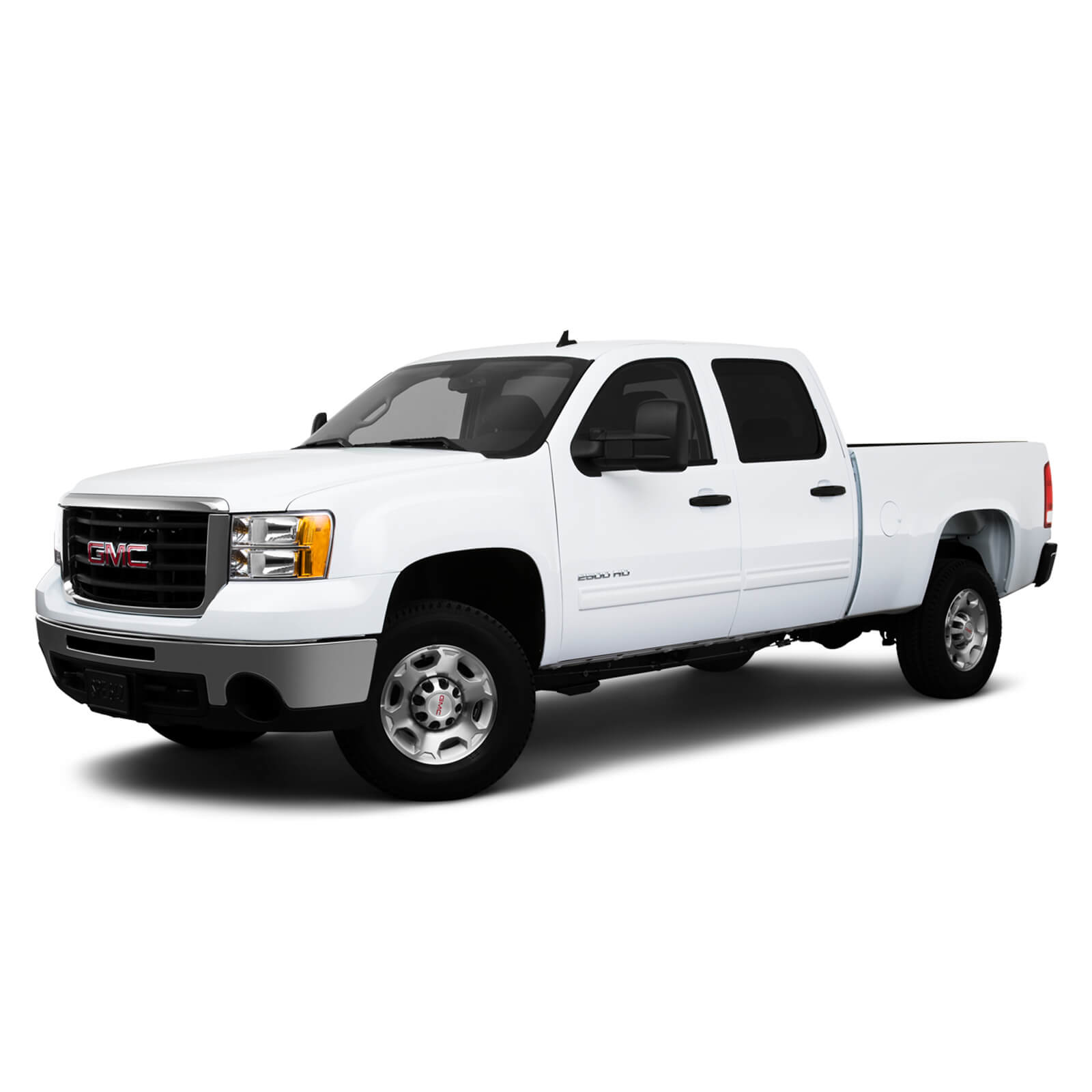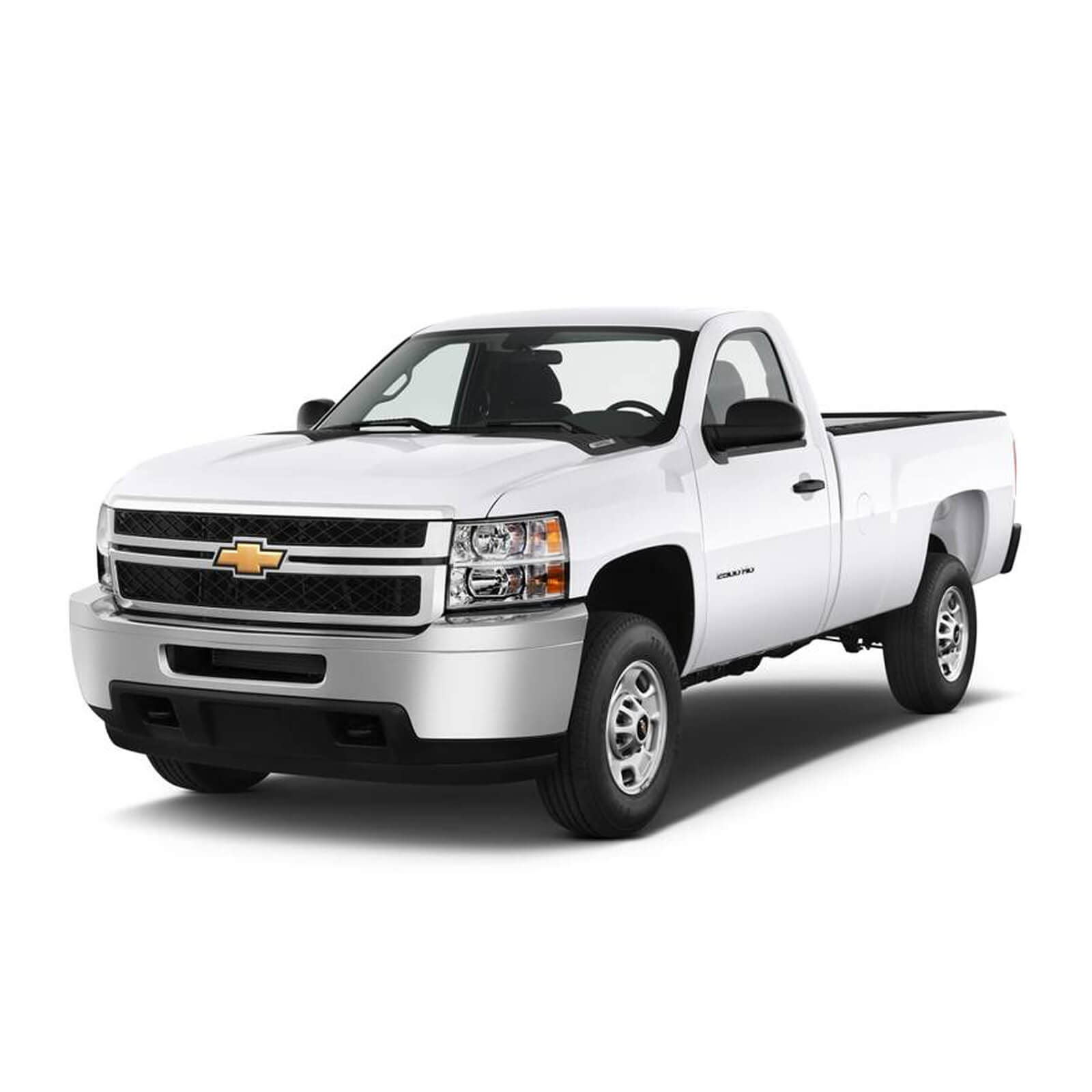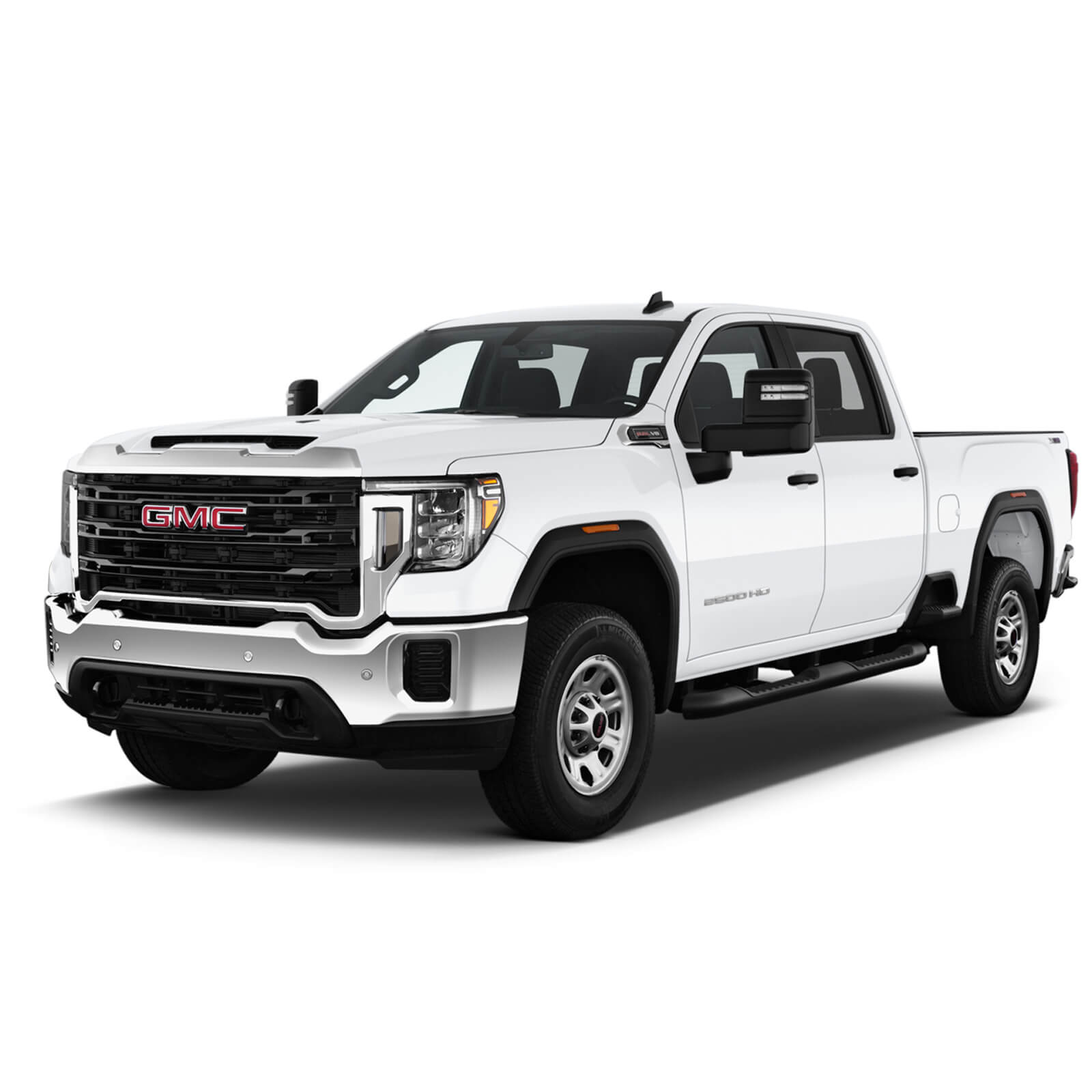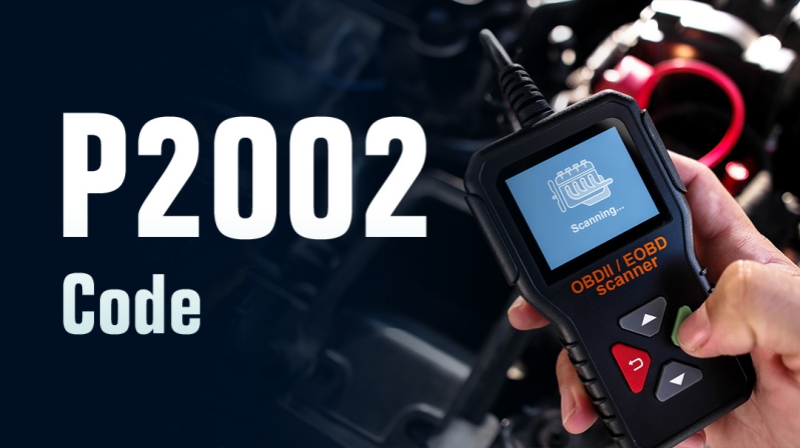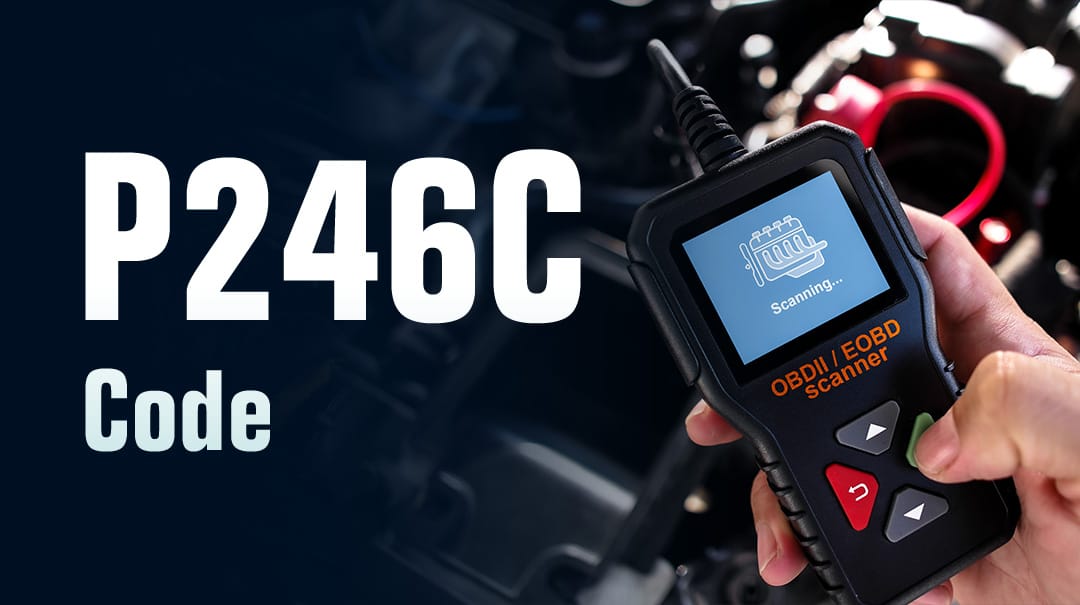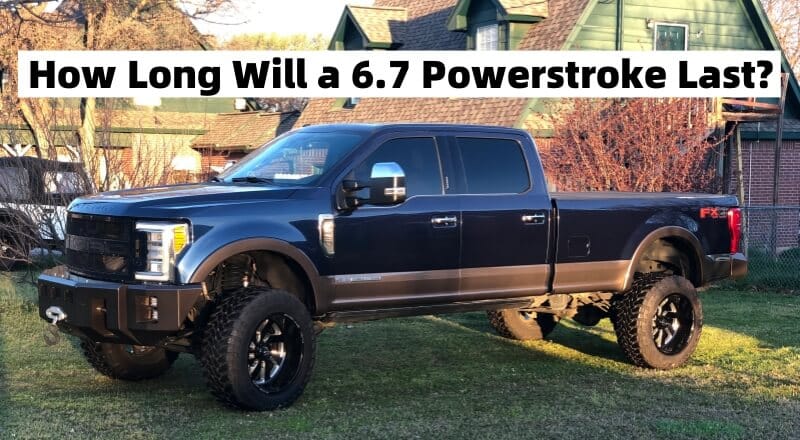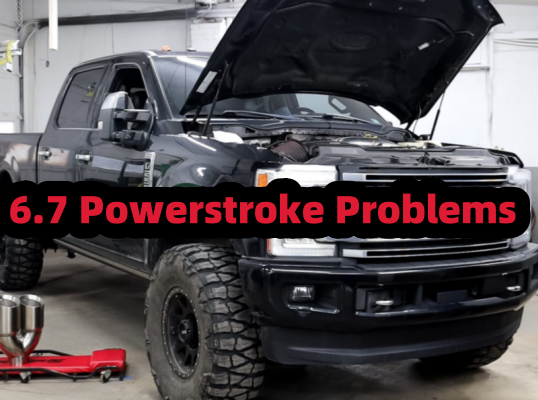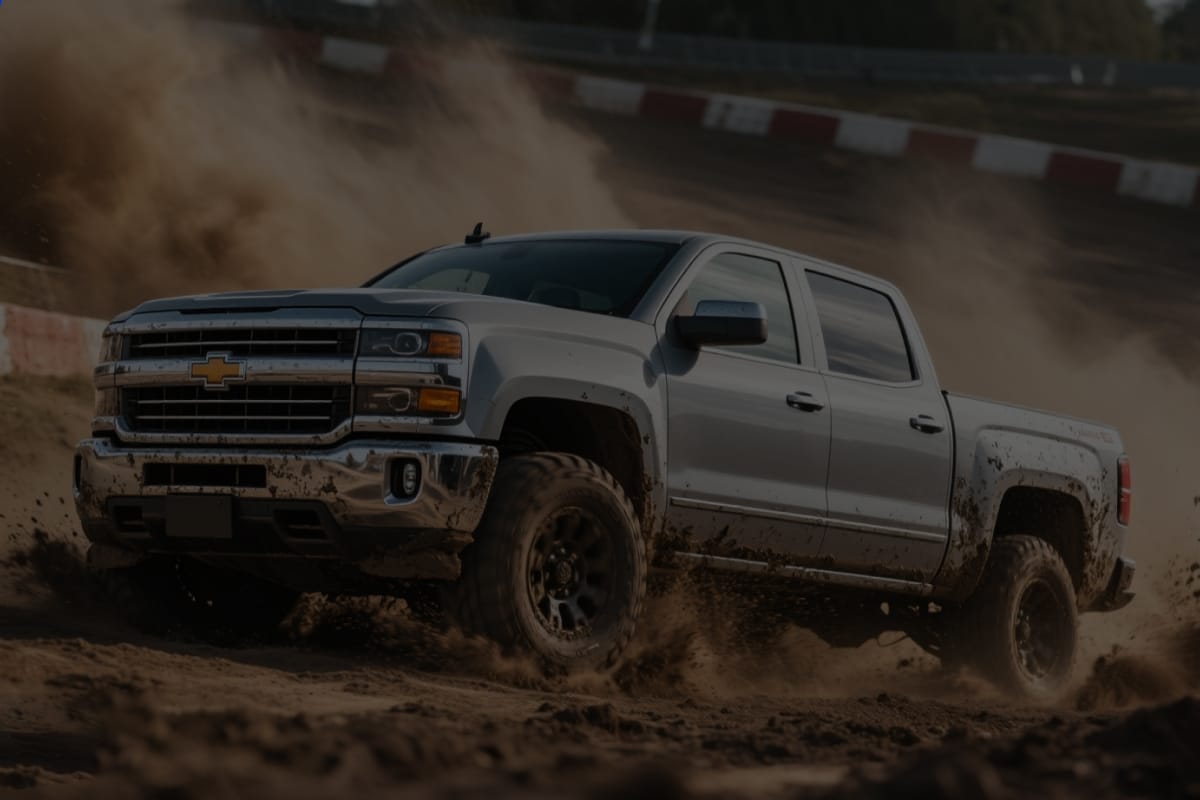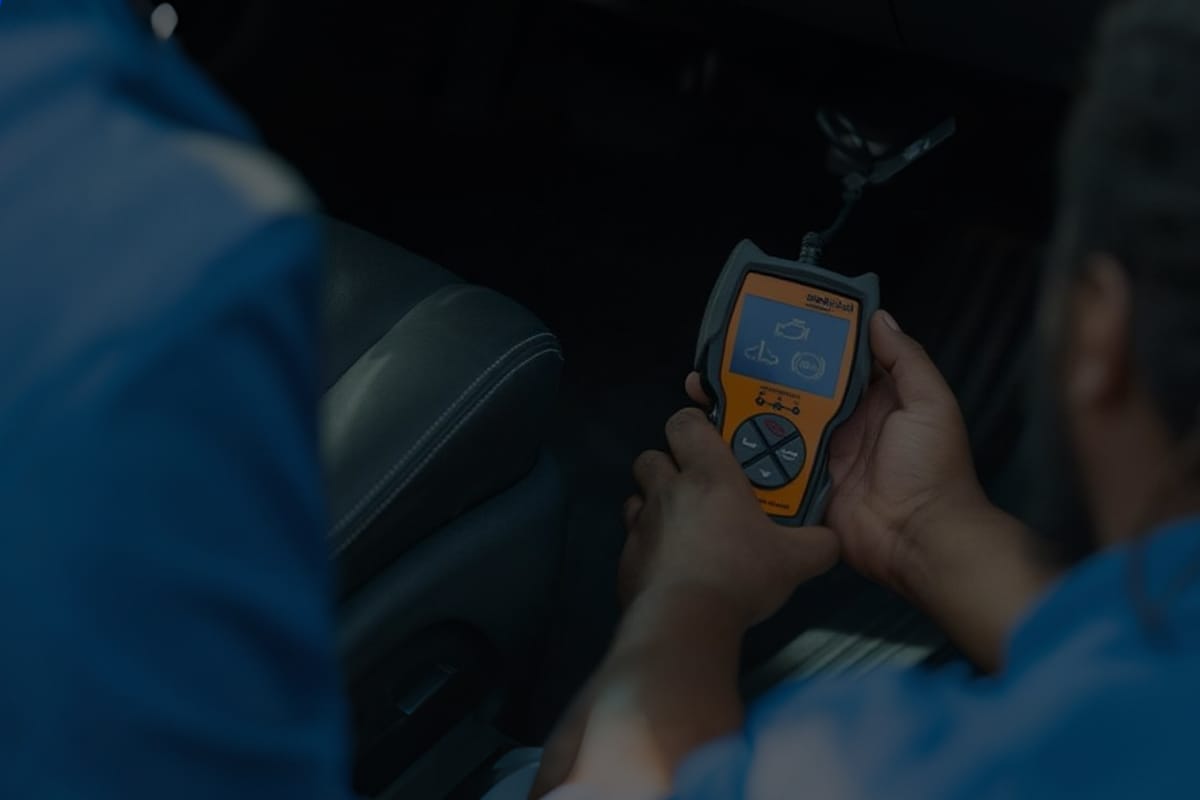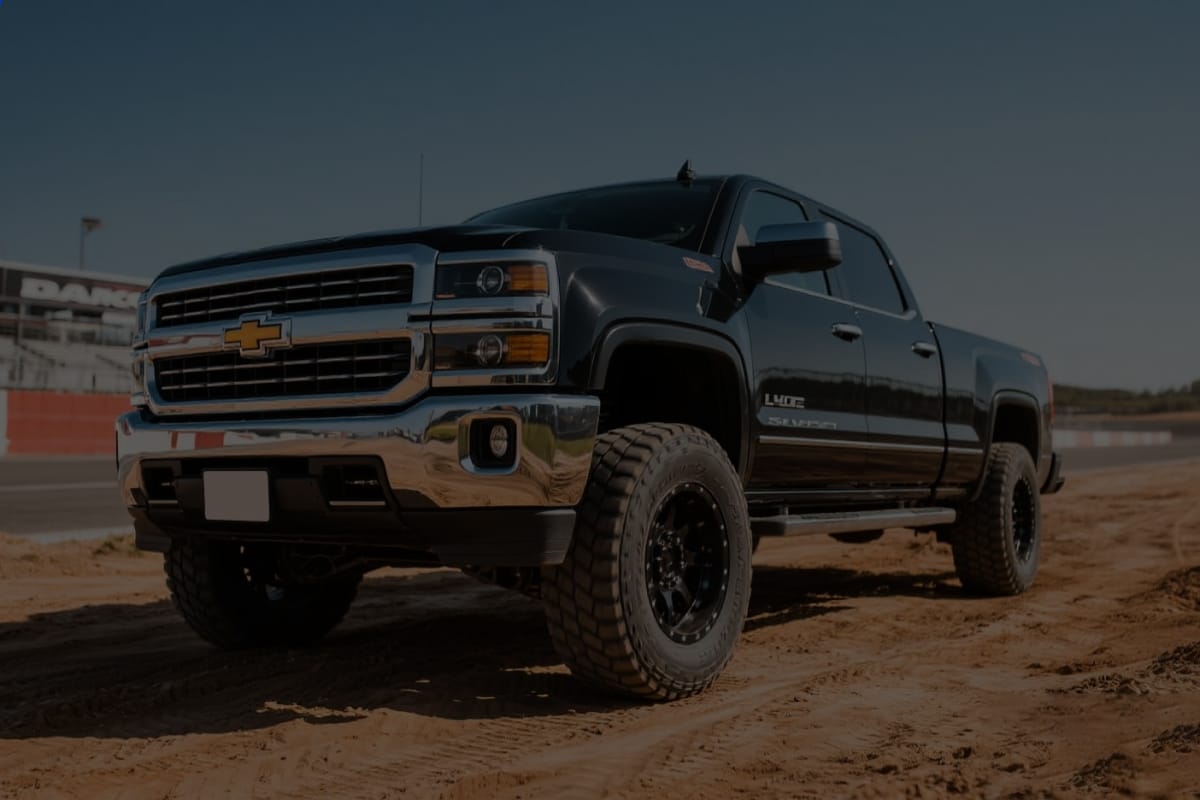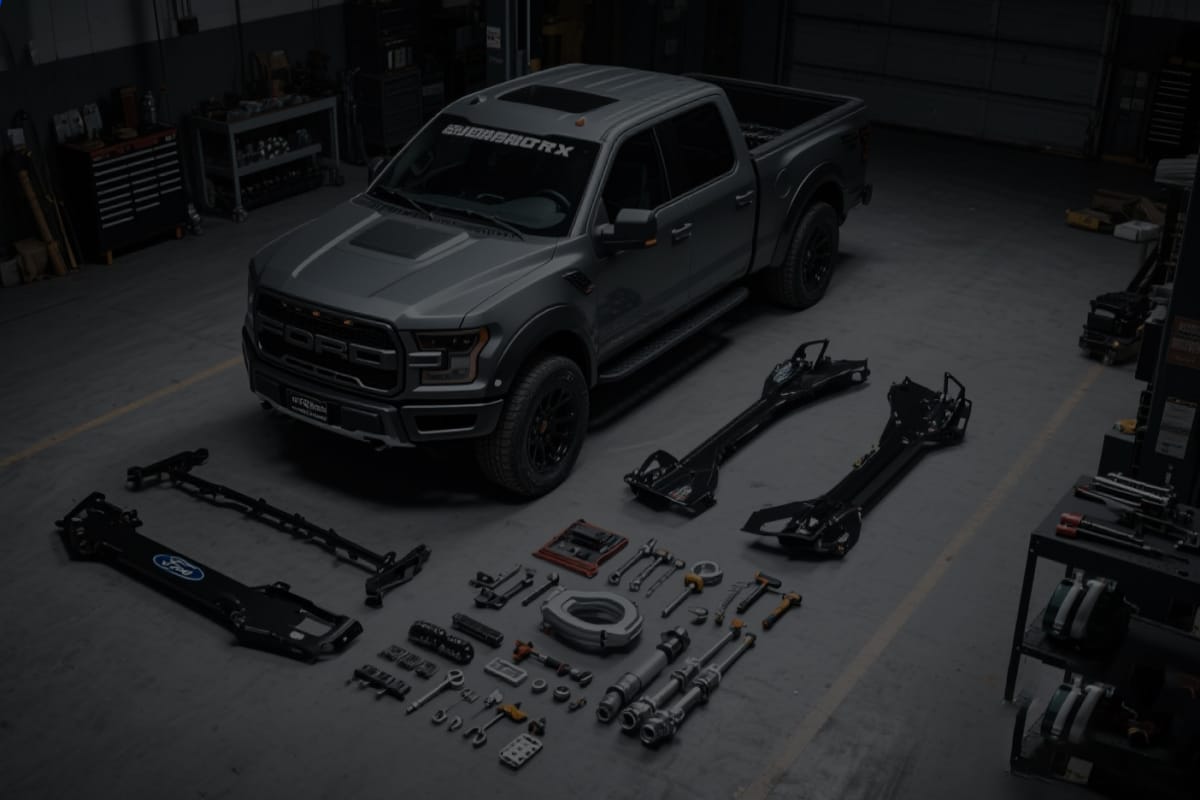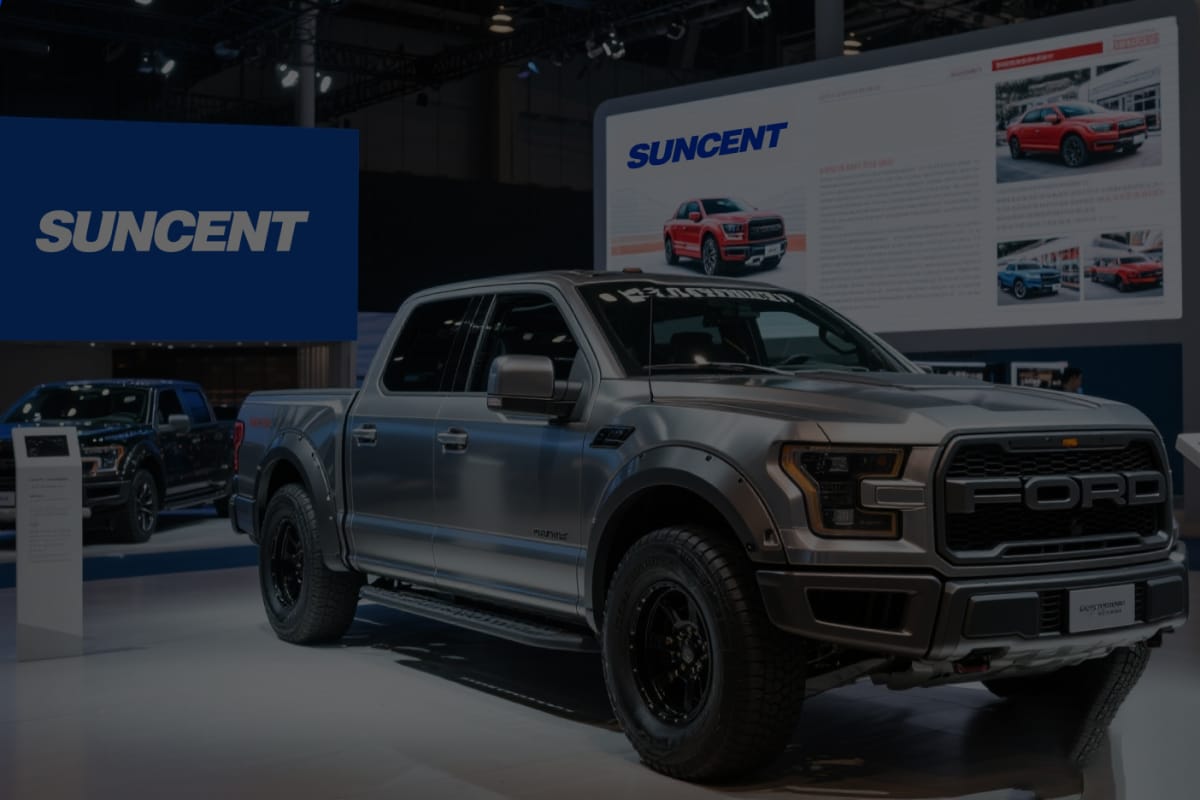What is a Headlight Assembly?
Headlight assemblies are a critical component of any car, providing illumination for nighttime driving. Headlight assemblies consist of several parts, including the headlight housing, headlight bulbs, the lens cover, and the reflective housing, distributes light from your car's electrical system onto the road ahead.
The bulb is the primary light source in a headlight assembly, providing drivers visibility on dark roads and in hazardous weather conditions. The lens cover protects the bulb from dust and moisture while controlling how much light is emitted from each headlamp. Finally, the reflective housing surrounds the bulb. It magnifies its output to create an even brighter light beam for improved visibility.
Evolution of Car Headlights
Early sealed beam headlights from the 1940s-80s contained the bulb, reflector, and lens fused in a single housing. These offered only basic high and low beams.
Beginning in the 1980s, composite headlights separated these components within aerodynamic housings. This enabled features like replaceable halogen bulbs, stylized lenses, and clear lenses with colored reflectors.
In the 2000s, projector lenses and HID/LED bulbs created brighter, whiter, more focused lighting. Ongoing enhancements add adaptive driving beams, matrix lighting, and integration with sensors for autonomous vehicles.
Two Main Types of Headlights Based on Housing Technology
There are two main headlight types based on headlights housing technology: reflector headlights and projector headlights.
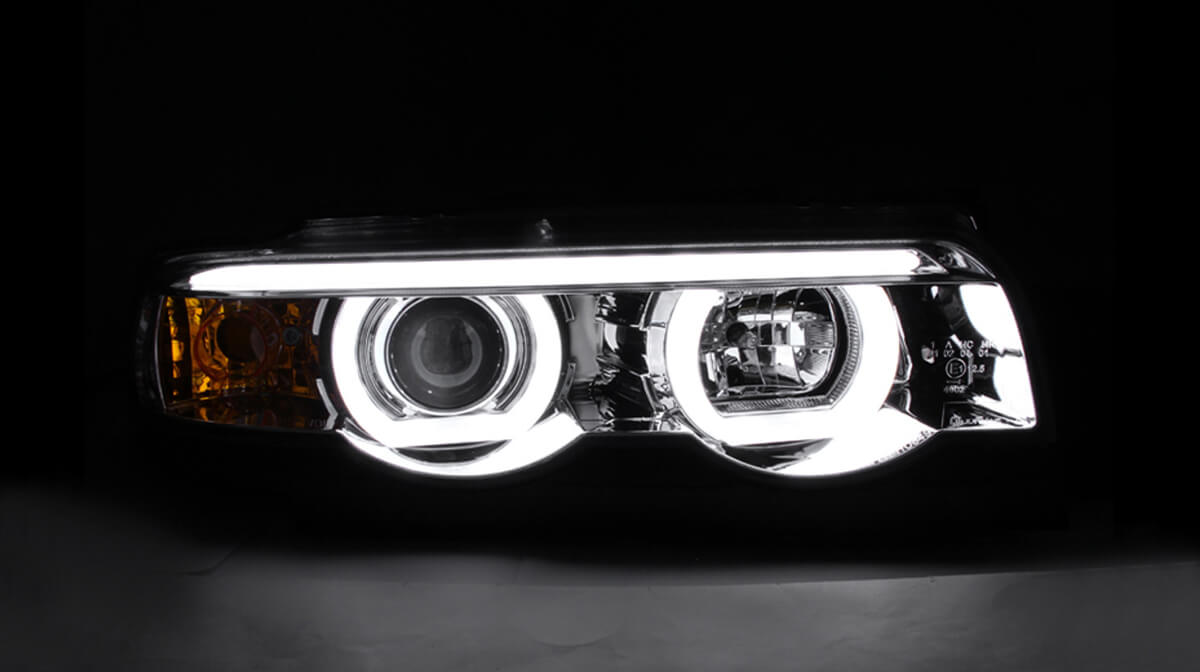
Projector Headlights
Projector headlights are an automotive lighting system that uses a projector lens to focus the light beam onto the road ahead of the vehicle. Projectors work best with HID.They are designed to provide improved visibility and a longer, wider beam of light, which can be helpful in various driving conditions, such as at night or in fog.
Projector headlights are typically more efficient and produce a brighter, more focused beam than traditional reflector headlights. They are also often more aesthetically pleasing, as the projector lens and housing can be designed in a variety of shapes and styles.
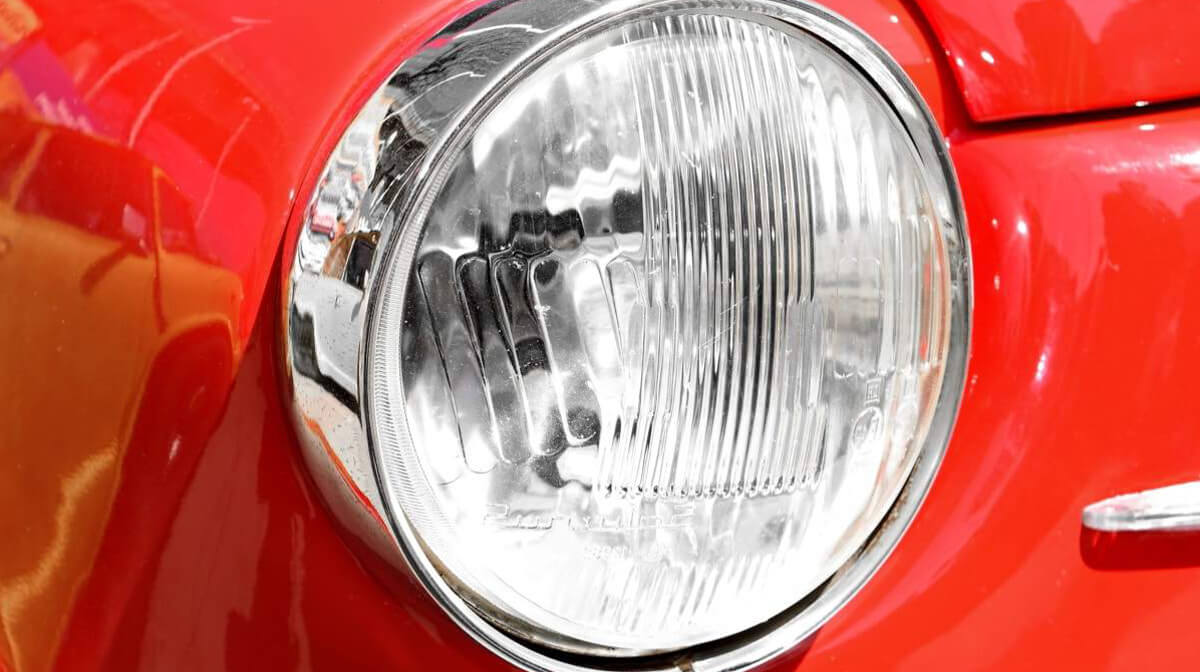
Reflector Headlights
Reflector headlights are a type of automotive headlight that uses a simple reflector to direct the light produced by the headlight bulb. Reflectors are usually paired with halogen bulbs.
In a reflector headlight, the bulb is positioned in the center of the reflector. The light is directed outward through the front of the headlight housing. The reflector is shaped in such a way as to focus the light in a specific pattern, which is designed to provide optimal visibility and meet the legal requirements for headlight beam patterns in different regions.
Learn more:
Main Types of Headlights Based on Light Source
Here, let’s take a closer look at the main types of headlights based on their light source. Four common options are available: Halogen, LED, HID, and Laser.
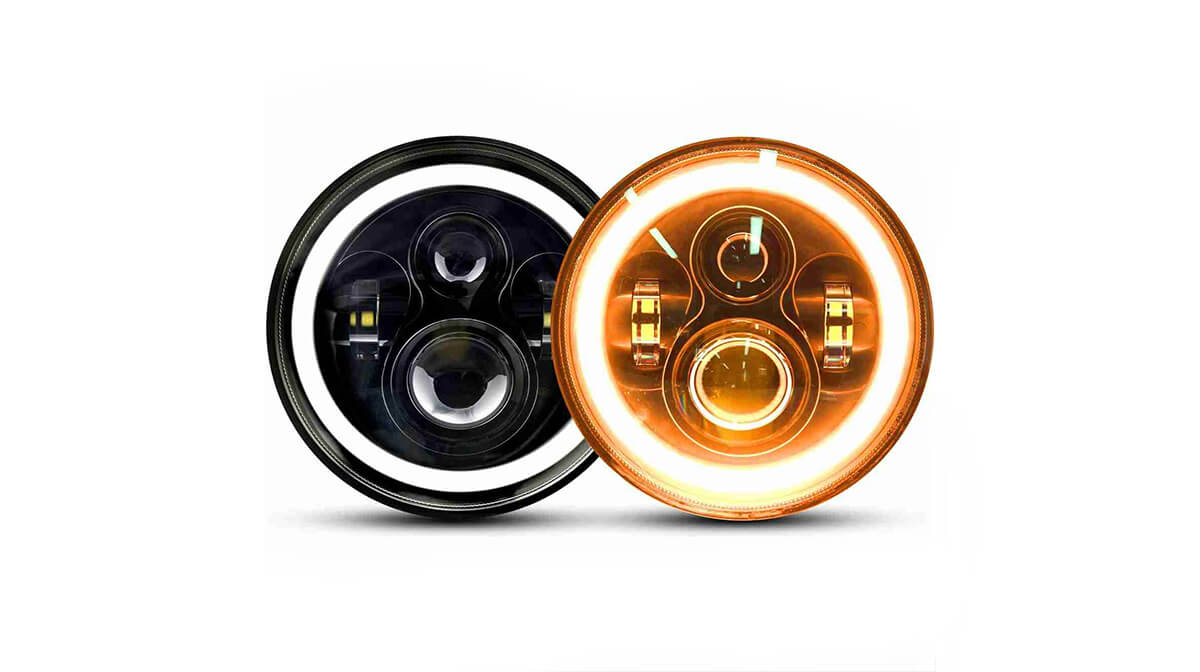
Halogen Headlights
Halogen headlights are a type of automotive lighting that has been around for decades. They are the most common type of headlight on the market today, and can be found on most older model cars.
They are generally considered less efficient and less bright than other types of headlights, such as LED (light-emitting diode) or HID (high-intensity discharge) headlights. However, they can still provide sufficient illumination for safe driving at night.
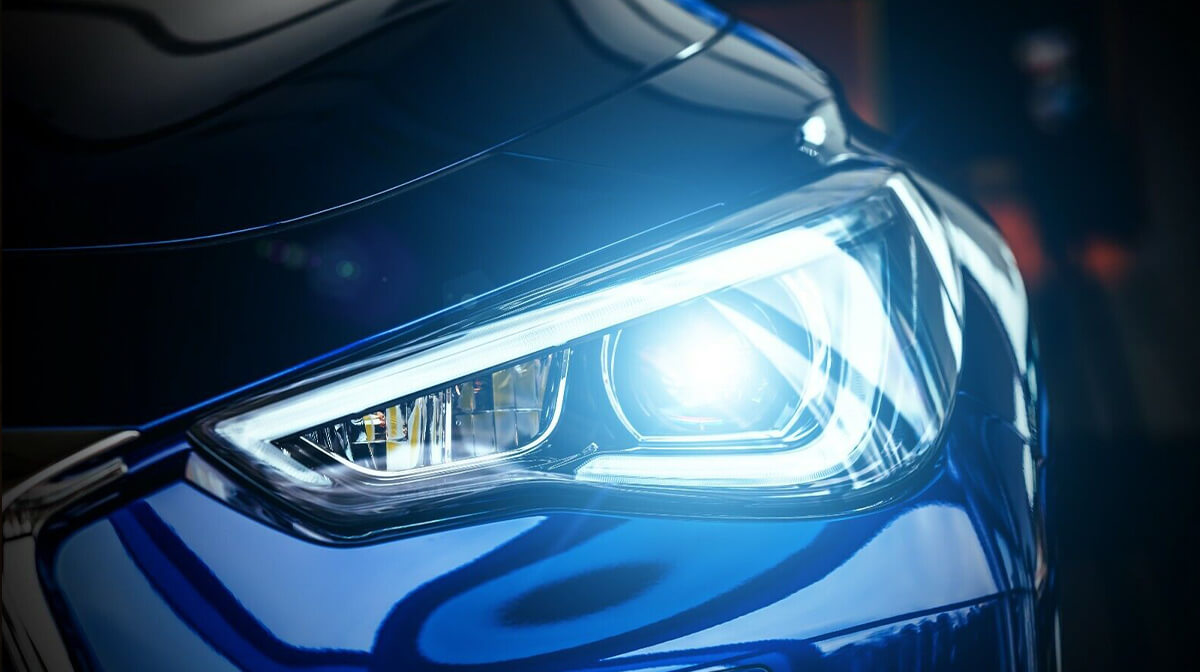
LED Headlights
LED (light-emitting diode) headlights are a type of automotive headlight that contains LED headlight bulbs as the light source. They're designed to provide superior illumination compared to traditional halogen headlights, with a longer lifespan and greater energy efficiency. Not only do LED headlights offer superior performance, but they also have an aesthetic benefit: they look more modern and stylish than standard halogen bulbs.
LED headlights are available as aftermarket upgrades for many different types of vehicles. They can also be found as standard equipment on many newer model cars and trucks. They are often used in combination with projector headlights.
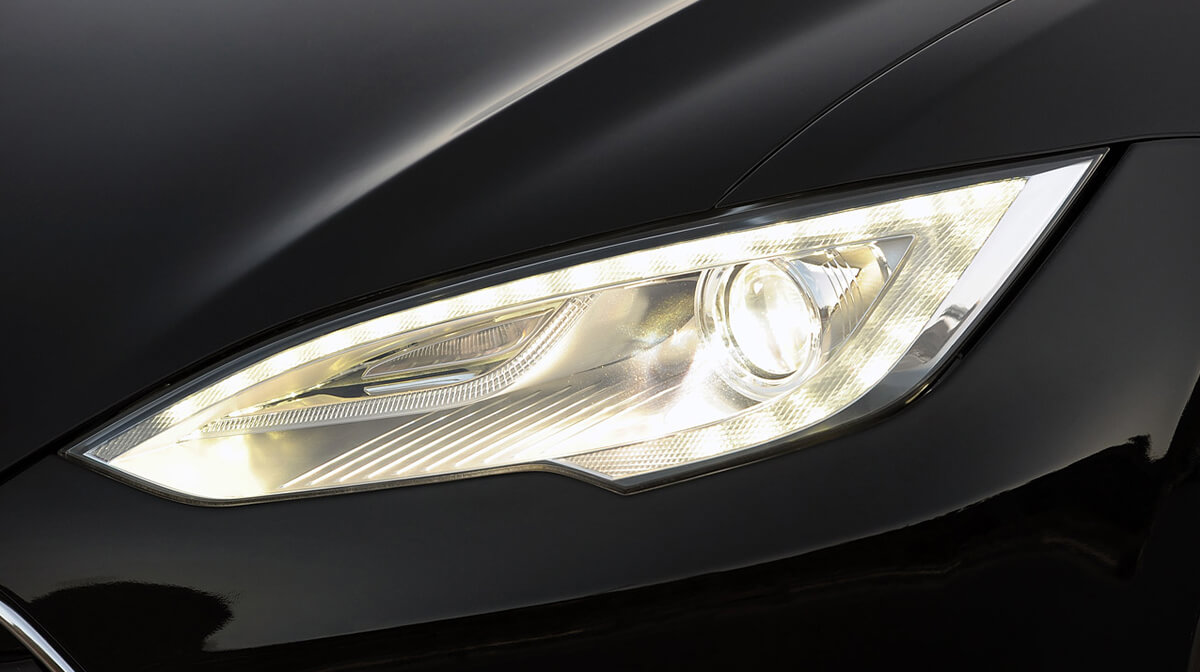
HID Headlights (Xenon Headlights)
HID headlights, or high-intensity discharge headlights, are headlight technology that utilizes HID headlight bulbs inside to create a bright white light. They are also known as xenon headlights because they typically use xenon gas as the primary component of the arc discharge.
The bright white light emitted by HID headlight is created by passing electricity through a capsule filled with metal salts and noble gases under high temperatures. As a result of this reaction, the metal salts vaporize and emit a bright white light which is more visible to drivers than standard halogen bulbs.
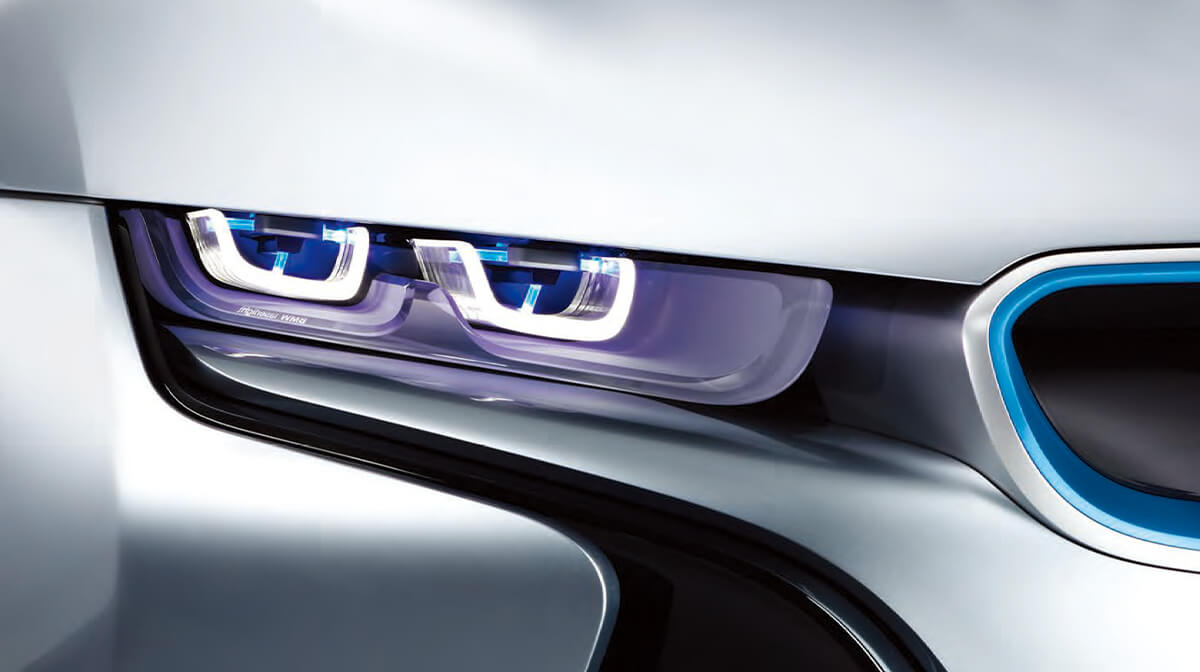
Laser Headlights
Laser headlights are a type of automotive headlight that uses lasers as the light source. Laser headlights are still relatively new and are not widely used in production vehicles. However, a few luxury car manufacturers have begun to offer them as optional equipment on some of their models.
Laser headlights work by using a laser diode to produce a beam of highly focused light, which is then directed and amplified by a series of lenses and other optical components. The resulting beam of light is much more intense and focused than the beam produced by traditional halogen or LED headlights.
Custom Headlights vs Factory Headlights, What Are They?
Factory Headlights
Factory headlights are the original headlights installed on a vehicle when produced at the factory. You could also call them OEM (Original Equipment Manufacturer) headlights because they are tailor-made for the car's dimensions and headlight cutout area.
If your factory headlights are broken, and you want headlight assemblies that exactly match the stock quality and function, you can consider OEM-style headlights. These aftermarket headlight assemblies are specifically designed to replace existing factory-installed headlights. Generally, they have the same appearance and structure as factory-installed headlights. Some may have different colors.
Custom Headlights
Custom headlights are aftermarket headlight assemblies designed to replace the original headlight assemblies on a vehicle. These custom headlights can be designed to provide improved lighting performance, a different style, or both.
Some aftermarket custom headlights are plug-and-play substitutes for factory models, while others may require substantial rewires or modifications to the automobile. They are typically purchased and installed by vehicle owners who want to customize the appearance of their vehicle or improve its lighting performance.
What Are the Common Custom Headlights Styles?
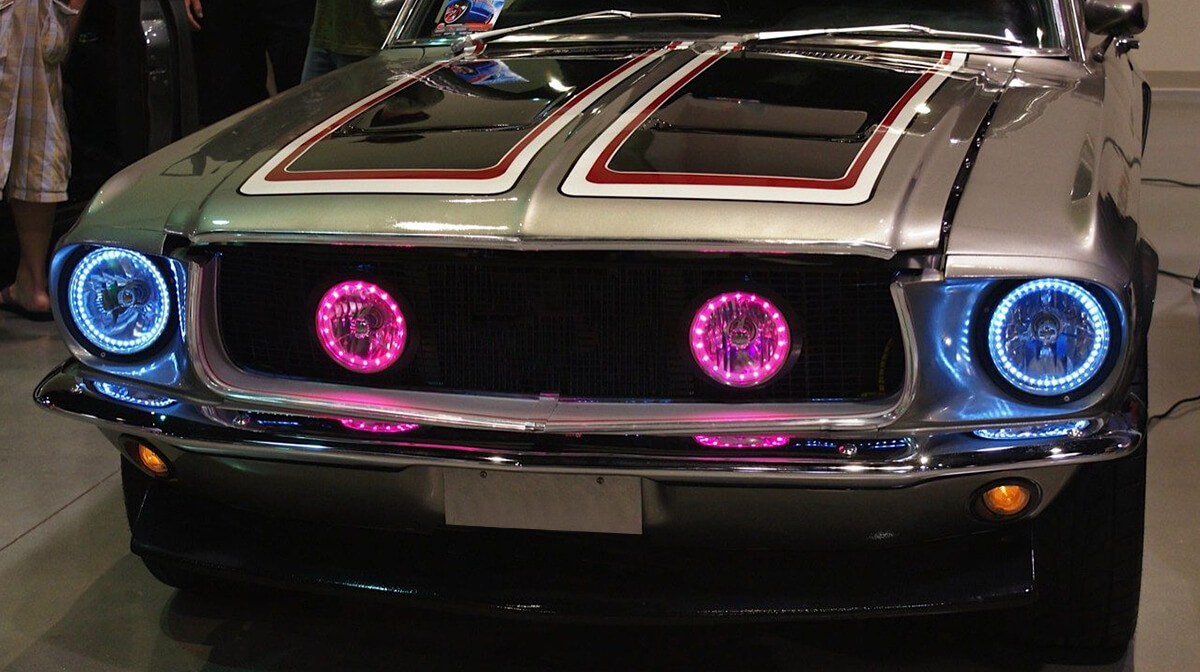
LED Headlights
As we mentioned before, LED headlights are the automotive lighting type with LED bulbs as the light source. This custom headlight is one of the most popular choices due to its bright light output, long life span, and wide range of customization options. For most LED headlights, only the setup function is similar to the factory headlights. Automotive lighting manufacturers may customize their structure and function internally.
Right here on our online store, you can shop for LED headlights that include LED bulbs, offering you a bright light superior to the light produced by factory headlights. They are designed to supply optimum visibility, with a plug-and-play setup to facilitate mounting.
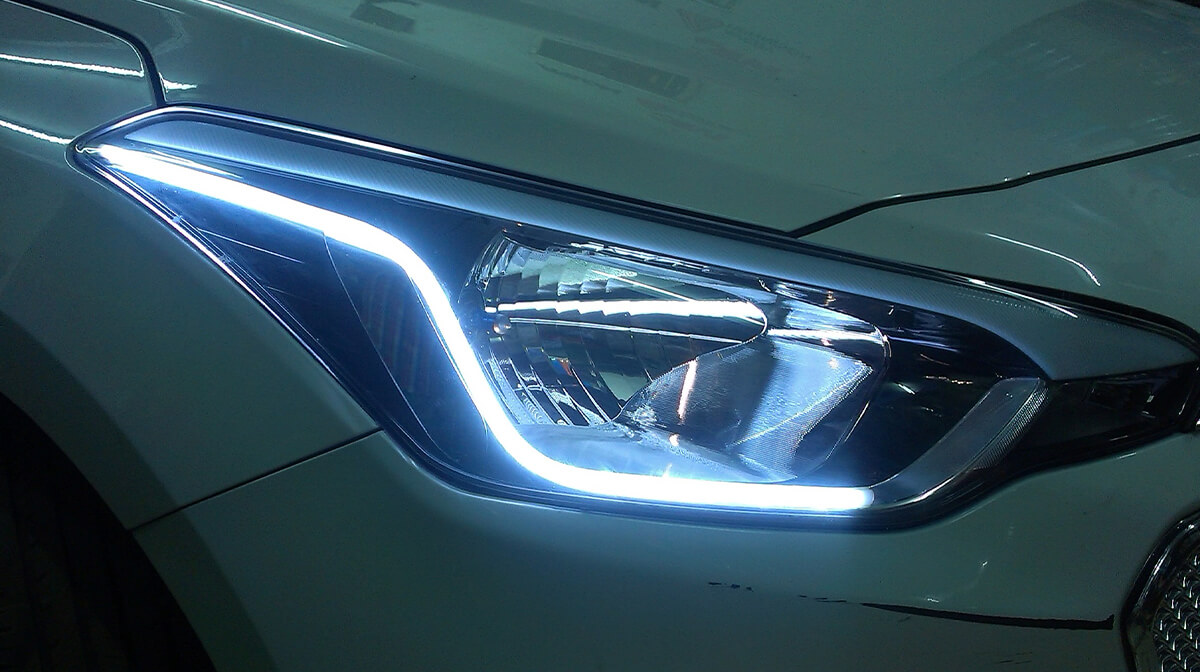
Custom DRL Headlights
DRL bar headlights, also known as "daytime running light bars," are custom headlights that feature a strip of light across the top of the headlight assembly. The DRL bar is typically mounted outside the headlight assembly. It is visible during the day when the headlight is turned off. DRL bar headlights are often used to give a vehicle a more modern and distinctive appearance. They are popular among car enthusiasts and people who want to customize the look of their vehicles.
Daytime Running LEDs or DRLs became famous at the turn of the new century when all manufacturers introduced them in their more recent models. These lights stay on during the day and act only as a cosmetic accessories.

Halo Headlights
Halo headlights, also known as "angel eyes," are a popular aftermarket lighting upgrade for cars and trucks that provide an extra aesthetic touch. These lights feature a ring of light around the main headlight, giving them their name. The halos come in different colors, sizes, and shapes to match any vehicle type or style preference.
They are commonly found in Jeeps and BMWs. They consist of a single halo (in the case of a Jeep) or multiple halos that emit bright light to illuminate the road out front.
Switchback Headlights
Switchback headlights have the unique ability to switch from white to yellow light in a matter of seconds. When you activate the turn lever, the light turns yellow, then back to white once the turn is complete. These headlights are becoming increasingly common nowadays as car manufacturers are trying innovative ways to woo customers. The trick works, as many people want to install these headlights in their vehicles.
Euro Headlights
As the name suggests, euro headlights are popular in European cars. These headlamps have a 7" diameter low beam, whereas U.S lights have a 5" diameter low beam. The difference is there in terms of design, not so in performance. But, you shouldn't be concerned about all of this unless you own a European-made vehicle.
What to Look for When Shopping for Headlight Assemblies?
Check Compatibility
Make sure the headlight assembly you are considering is compatible with your vehicle. Each car model is different and will require headlights that precisely fit its make and model. You can locate the direct-fit headlights by checking your vehicle's year, make, and model.
However, in some cases, even cars of the same model in the same year may have different applicable assemblies.
Therefore, the safest way to choose a compatible headlight assembly for your vehicle is to remove the factory one, check for the OEM part number, and look for an exact replacement.
Quality
Look for headlight assemblies made from high-quality materials and have a reputation for durability. Avoid products that seem cheap or flimsy, as they are more likely to break or fail over time.
Generally, the headlight assemblies that have decent quality are made of PC material, which has a high hardness, good impact resistance, high transparency, and excellent brightness. And headlights made of ABS material are somewhat of lower quality; the surface of the shell is easily scratched, and the texture is dulling.
Cost
Determine your budget and look for headlight assemblies that offer good value for money. Don't be tempted to skimp on quality to save a few dollars, as this can cost you more in the long run if the product fails or performs poorly.
In general, the more features a headlight assembly is and the more advanced its technology, the higher its price will be. Learn more about this subject by checking our guide Headlight Assembly Replacement Cost.
Warranty
Check if the headlight assembly comes with a warranty and what it covers. A good warranty can provide peace of mind and protection against defects or failures.
Check the Wiring Quality
The manufacturers use wiring that is compatible with their factory headlights. If you intend to upgrade to a different kind, you should first check the new headlight assembly’s power requirements and specifications and compare them with the factory headlights. If the wattage rating is similar on both lights, you are good to go. However, if the new headlight assembly uses a higher-wattage bulb, you would have to upgrade the wiring and/or the battery.
Three Signs That You Need Headlights
The expected longevity of car headlights is around 5-8 years, depending on use and maintenance. But you should think about changing them if you see the following signs.
Flickering Light: You might think the headlight is flickering due to a worn-out bulb. But the connector providing power to the bulb may be faulty. In such cases, the only option you have is to replace the headlights.
The Headlight is Hazy: If the lights are too hazy, you have to change them. Otherwise, the light will appear dim and you will have problems with visibility.
The Headlight is Damaged: If your car was in an accident and the headlight assembly got damaged, it is time to replace it with a new one.
Understanding Headlight Components
Headlight Bulbs
Halogen Bulbs
These are the most common and cost-effective bulbs. They're filled with a halogen gas that increases their lifespan and brightness. However, they produce a lot of heat and have a yellowish light.LED Bulbs
LEDs are energy-efficient and have a longer lifespan than halogens. They produce a bright, white light that closely mimics daylight and have a swift response time.Xenon (HID) Bulbs
Xenon or High-Intensity Discharge (HID) bulbs emit a bright white or blue light, and are more efficient than halogen bulbs. However, they can be dazzling to oncoming traffic.Laser Headlights
The newest in headlight technology, laser headlights offer a more concentrated light, which can reach up to twice the distance of a standard headlight. However, they are expensive and not yet widely available.Headlight Housing
Headlight housings are made from durable materials like polycarbonate plastic and glass. These materials protect the bulb, reflectors, and other components from the elements. The design and material of the housing have a significant impact on light distribution. They must be transparent enough to allow light passage and durable enough to withstand heat from the bulb.Reflectors and Projectors
Reflectors bounce the light emitted from the bulb onto the road, while projectors concentrate the light beam for a more focused illumination. Reflectors are cheaper and simpler, but they scatter light, which may be inefficient. Projectors, on the other hand, provide a more controlled light beam, but are more complex and expensive.Types of Car Headlight Assemblies
Single Beam Headlights: These have separate bulbs for high and low beams, offering more flexibility in light intensity.
Dual Beam Headlights: Dual beam headlights use a single bulb for both high and low beams, making them more compact but less flexible.
Composite Headlights: Composite headlights allow you to replace the bulb without changing the whole assembly, making them cost-effective.
Sealed Beam Headlights: In these, the bulb and housing are a single unit. If one fails, the entire unit must be replaced.
Headlight Assembly Design and Technology
Adaptive Headlights: These headlights adjust their direction based on your steering input, illuminating the road ahead effectively during turns.
Matrix LED Technology: Matrix LED technology allows individual LEDs to turn on and off independently, providing optimal lighting without dazzling other road users.
DRL (Daytime Running Lights): DRLs are low-intensity lights that remain on during the daytime, improving your vehicle's visibility to others.
Auto-Leveling Headlights: These headlights adjust their angle automatically based on the vehicle's load, ensuring optimal illumination in all situations.
Cornering Headlights: Cornering headlights light up the area towards which the car is turning, providing better visibility around corners.
Common Issues and Troubleshooting
Dimming or Flickering Lights
This could be due to a dying bulb, a weak battery, or a failing alternator. Replace the bulb, check the battery's health, and test the alternator to diagnose.
Condensation Inside the Housing
Condensation can occur due to temperature changes or a leak in the housing. Release the condensation through vent holes or replace the seal or housing if needed.
Hazy or Discolored Lenses
This issue results from oxidation, UV exposure, and road debris. Cleaning and polishing the lenses can restore their clarity.
Misaligned Headlights
Misaligned headlights can impair visibility and dazzle other drivers. Adjust the headlight alignment using the adjustment screws on the assembly.
Changing Headlight Bulbs
Always handle bulbs with clean hands or gloves, as oils and dirt can reduce their lifespan. Follow your car manual's instructions to replace them.
Frequently Asked Questions (FAQs)
How often should I replace my car's headlight bulbs?
Halogen bulbs typically last between 1-3 years, so replacement every 2-3 years is recommended.
LED bulbs can last 5-10 years.
Can I upgrade my car's headlight assembly on my own?
Yes, replacing headlight assemblies is a DIY project. You will just need to remove the old assembly, disconnect any wires or connectors, and install the new one. Often you can snap the new assembly into the mounting points of the old one.
Are aftermarket headlight assemblies as good as OEM?
Aftermarket assemblies can be hit or miss. Some offer good performance and durability for a lower cost, while others are lower quality. OEM headlights are designed specifically for your vehicle and generally have the best fit, finish and performance.
What is the average lifespan of different headlight bulbs?
Halogen bulbs: 1-3 years
High Intensity Discharge (HID) bulbs: 2-5 years
LED bulbs: 5-10+ years
Can I use LED bulbs in a housing designed for halogen bulbs?
Yes, but you may have issues with light pattern and brightness. Properly designed LED assemblies with projector lenses work best.
How do adaptive headlights work?
They adjust the beam pattern based on driving conditions using sensors and actuators. This helps improve lighting in corners and reduce glare for oncoming vehicles.
Are laser headlights safe for on-road use?
Yes, provided they meet all government safety regulations. Laser headlights can produce an extremely bright and focused beam, so proper calibration and safety features are important.
How can I prevent condensation inside the headlight housing?
Seal any openings in the housing, make sure lighting components are securely installed, and apply sealant to any gaps. Using silicone sealant inside the housing and around wiring connectors can also help reduce moisture penetration.





















